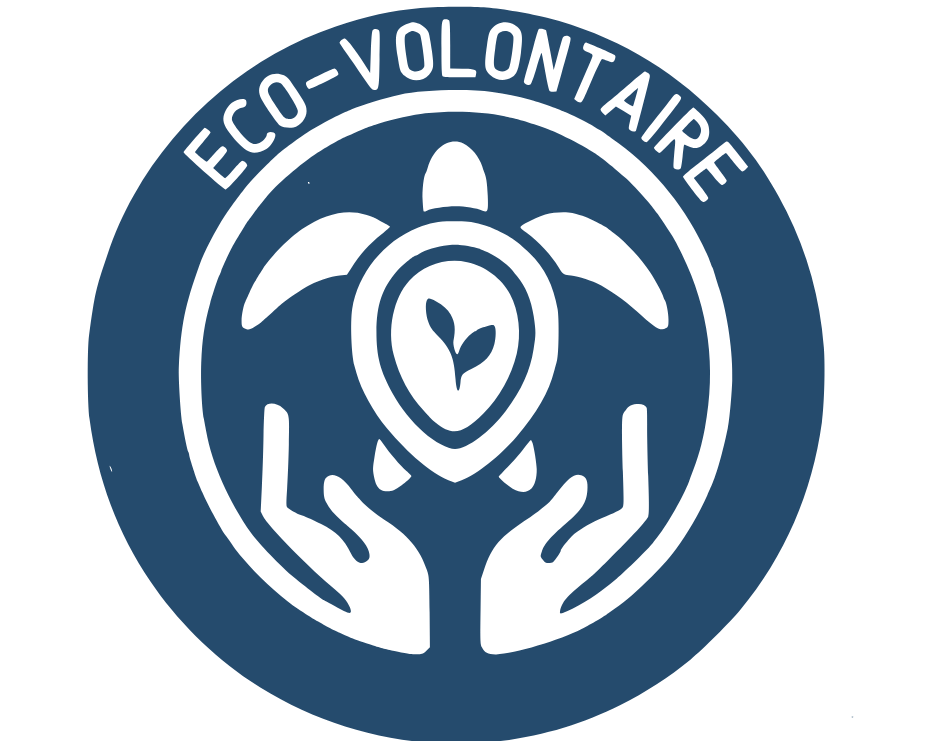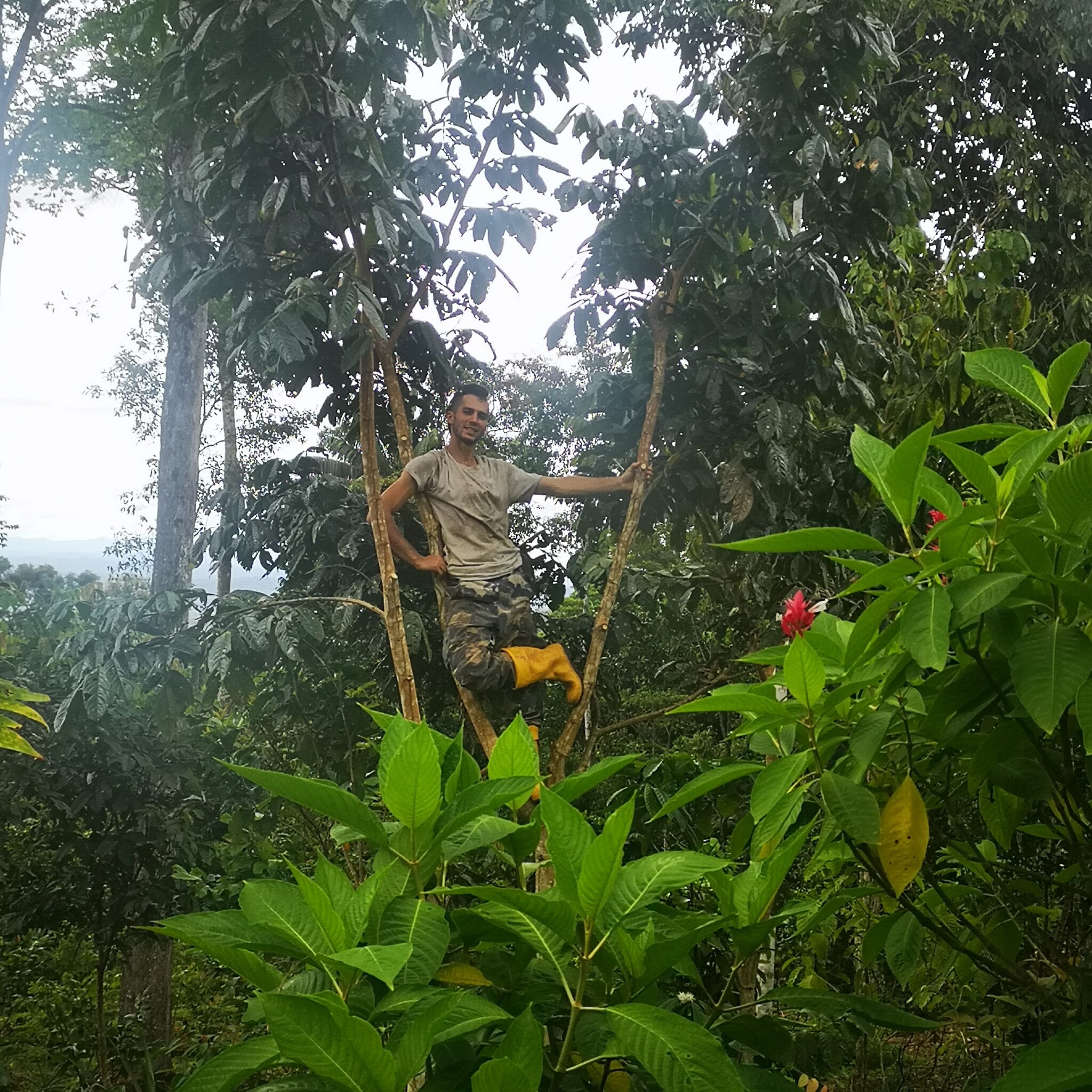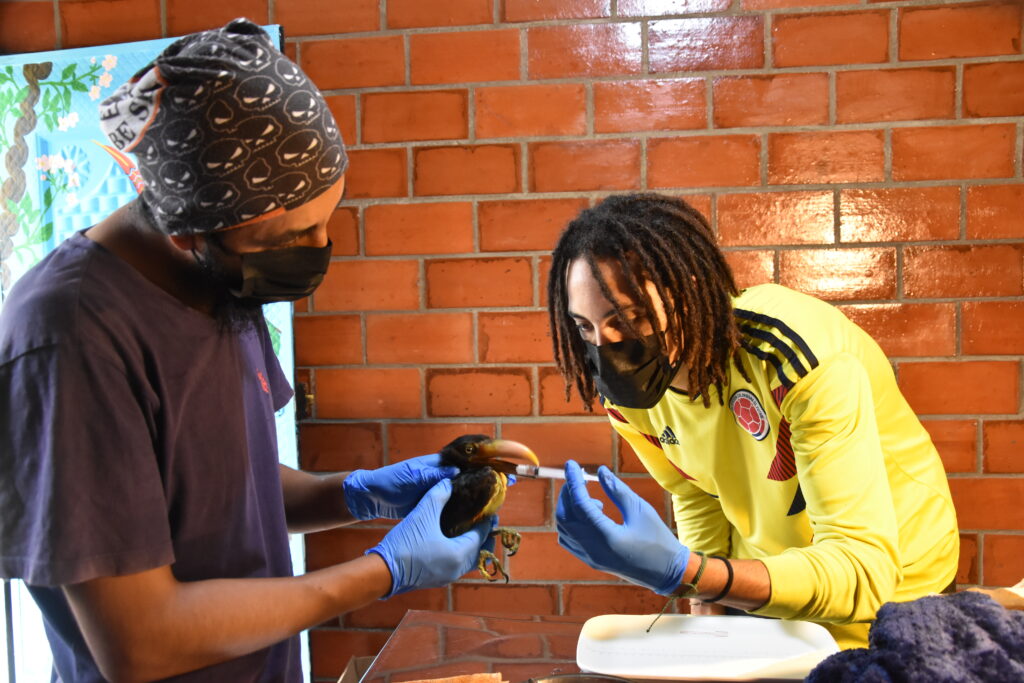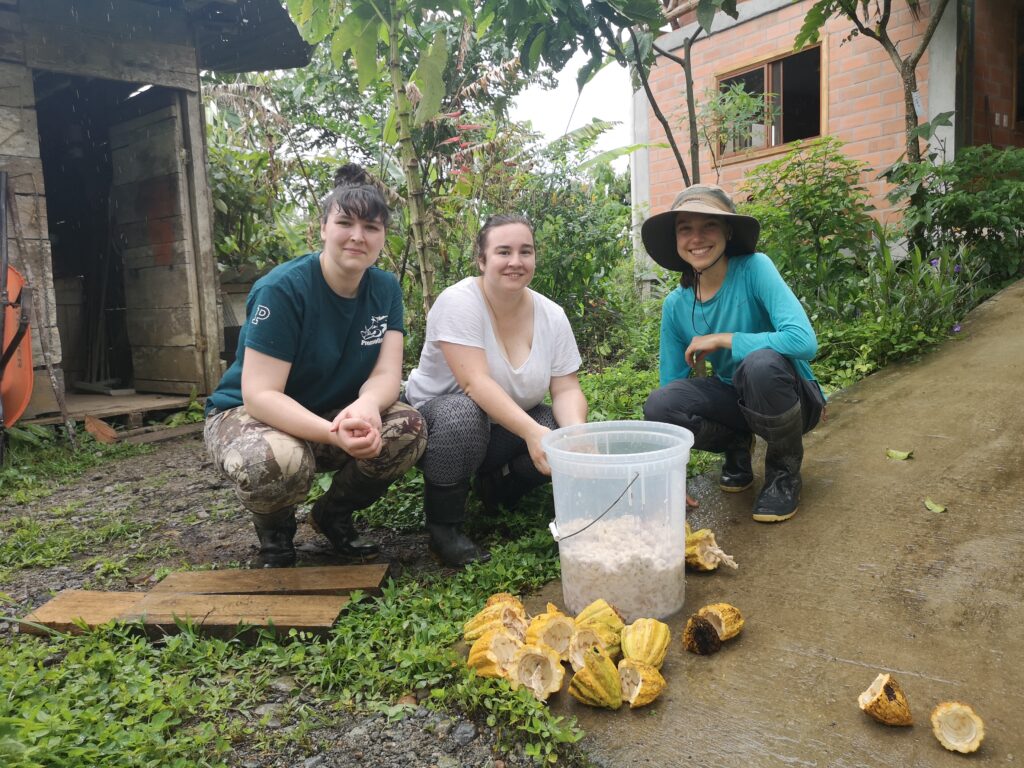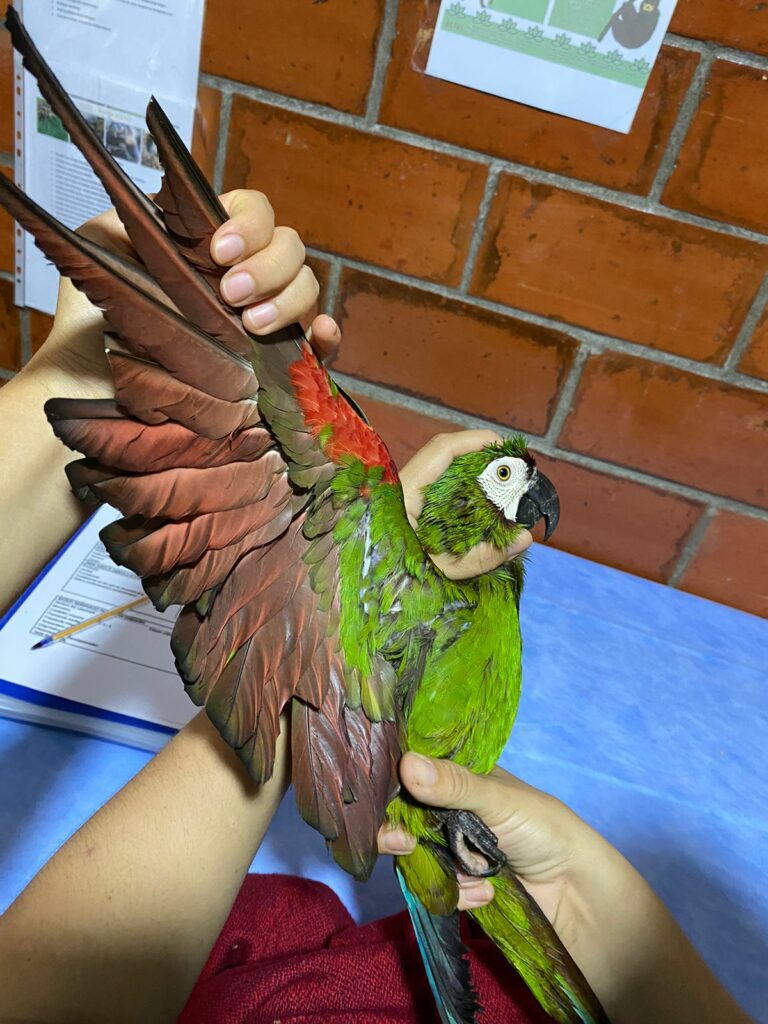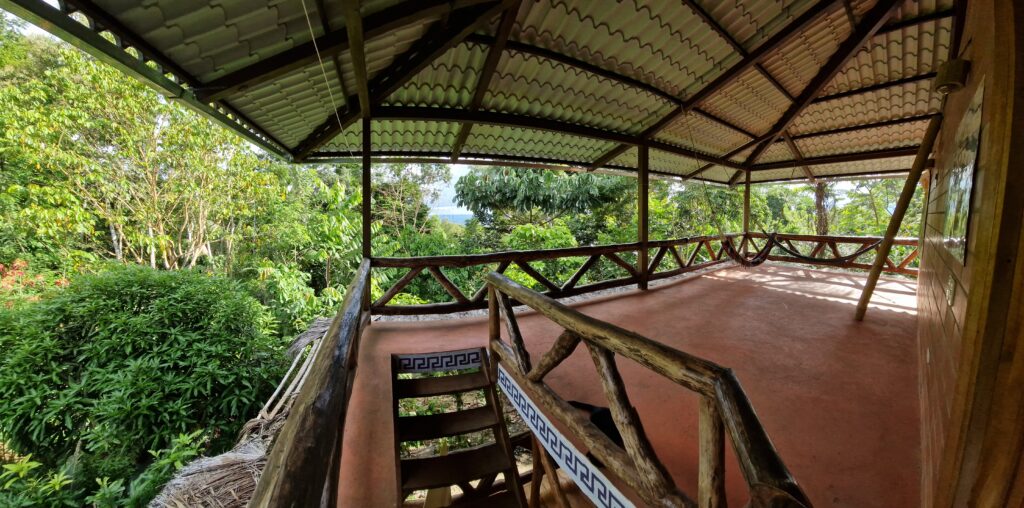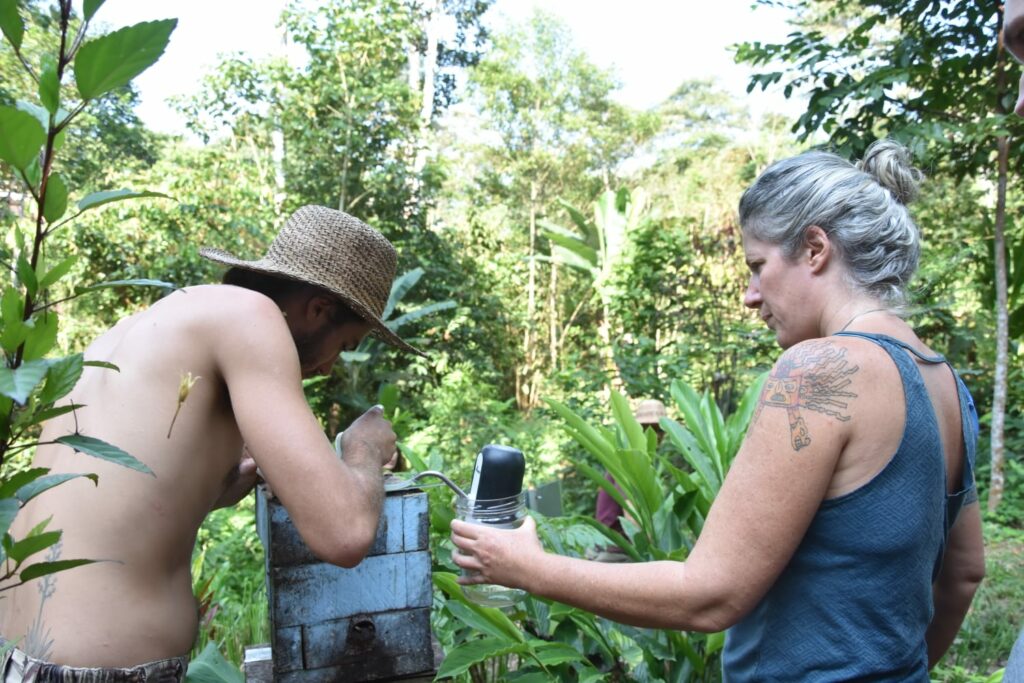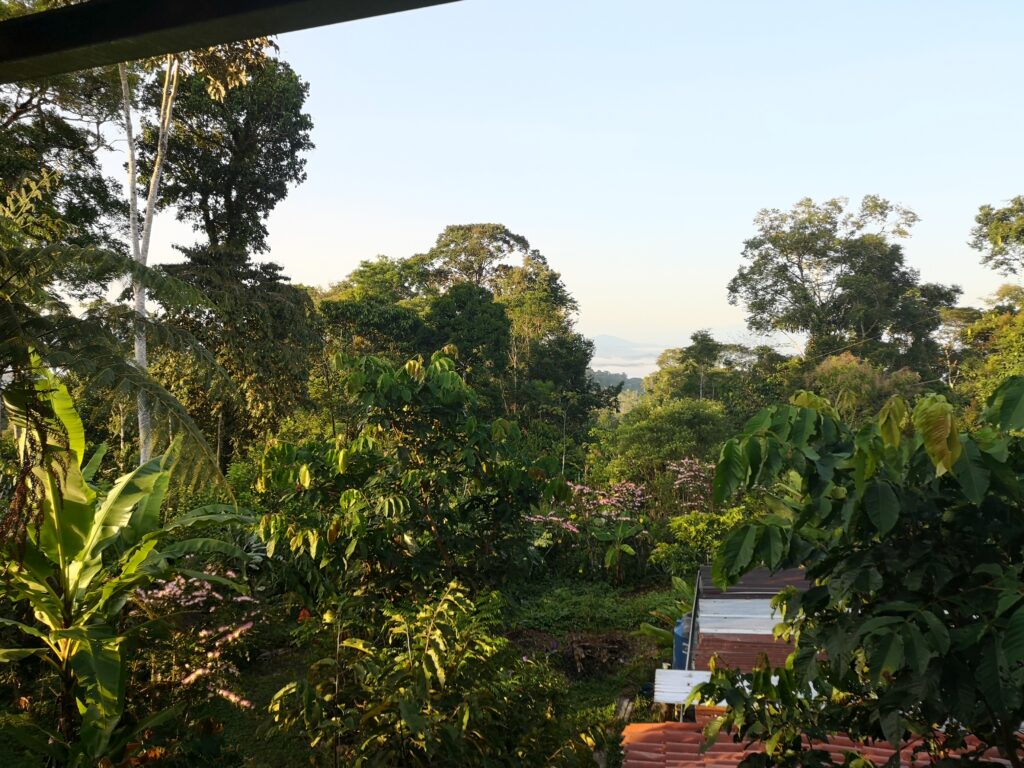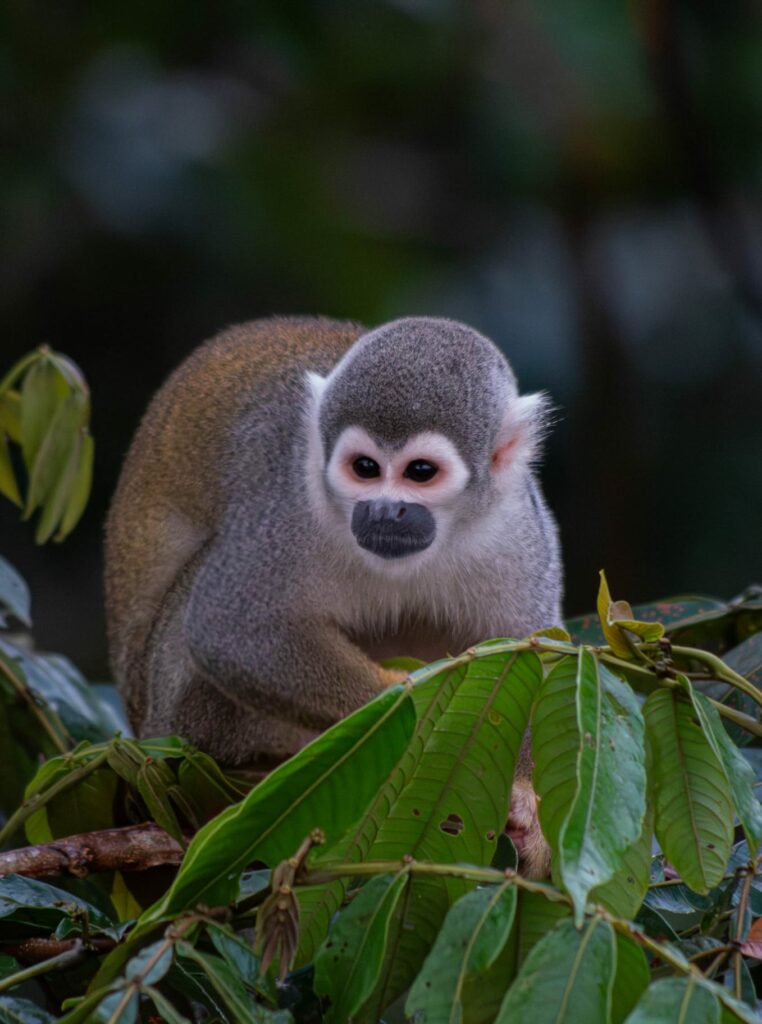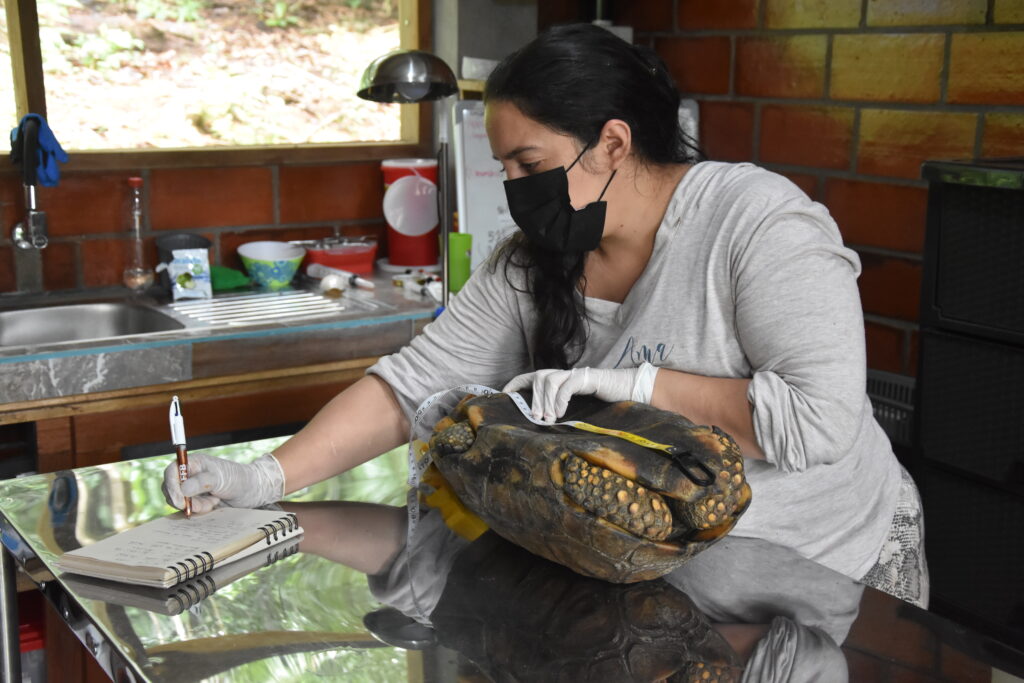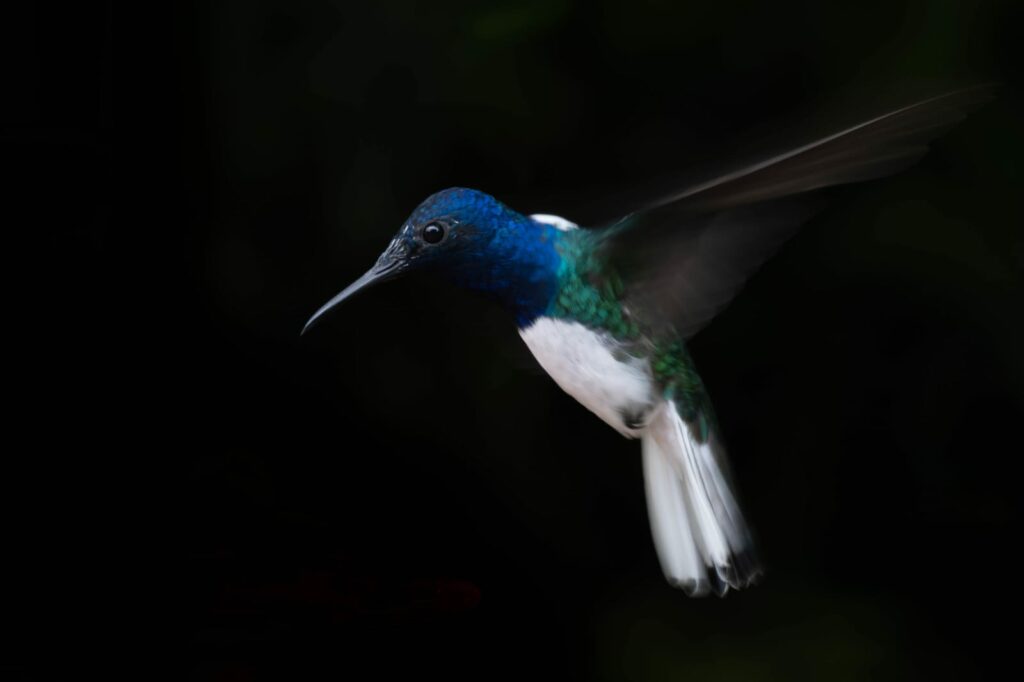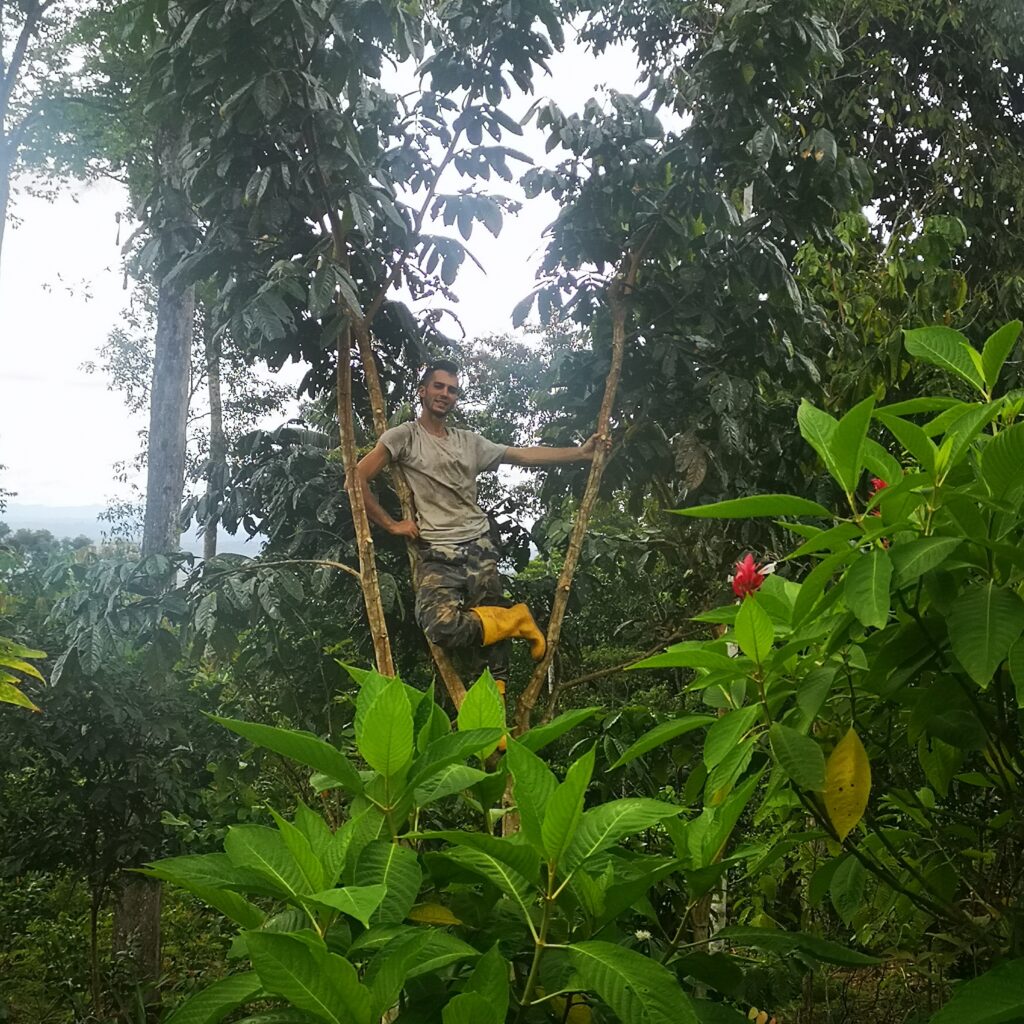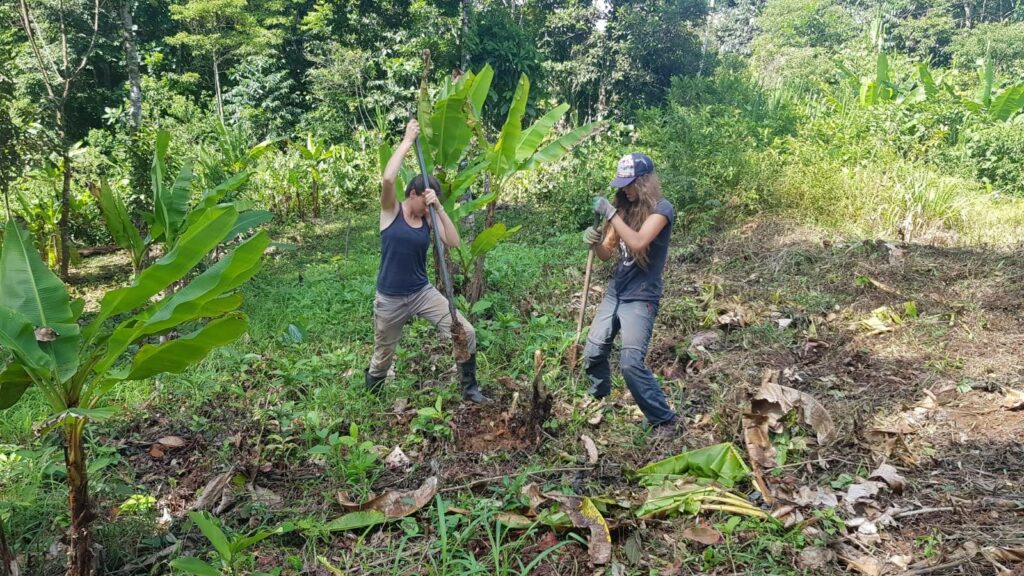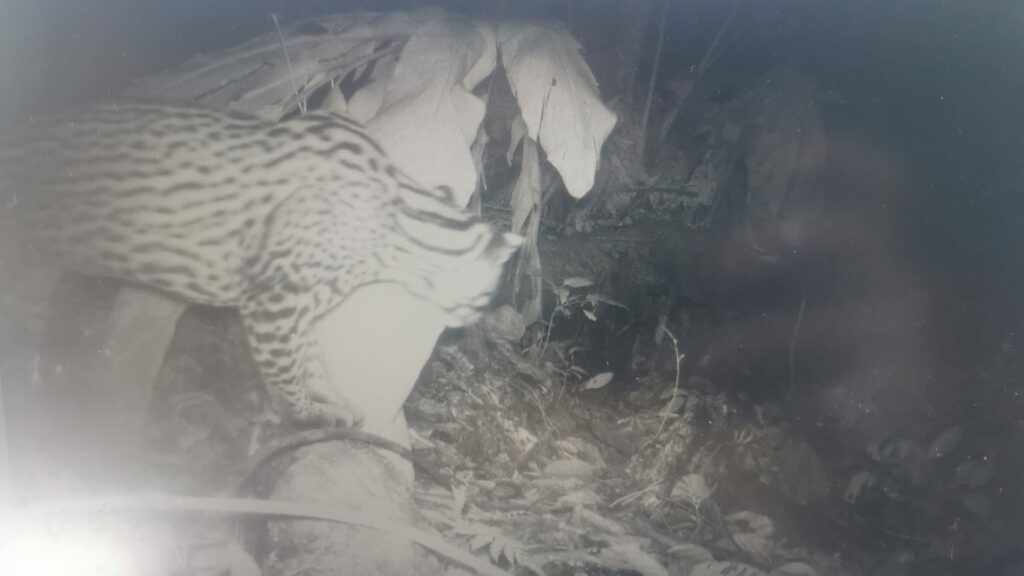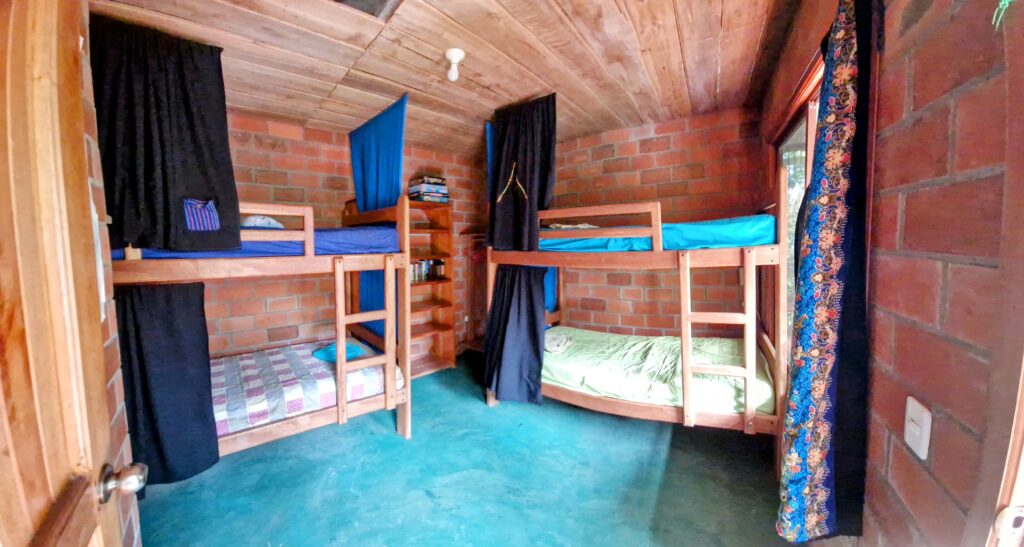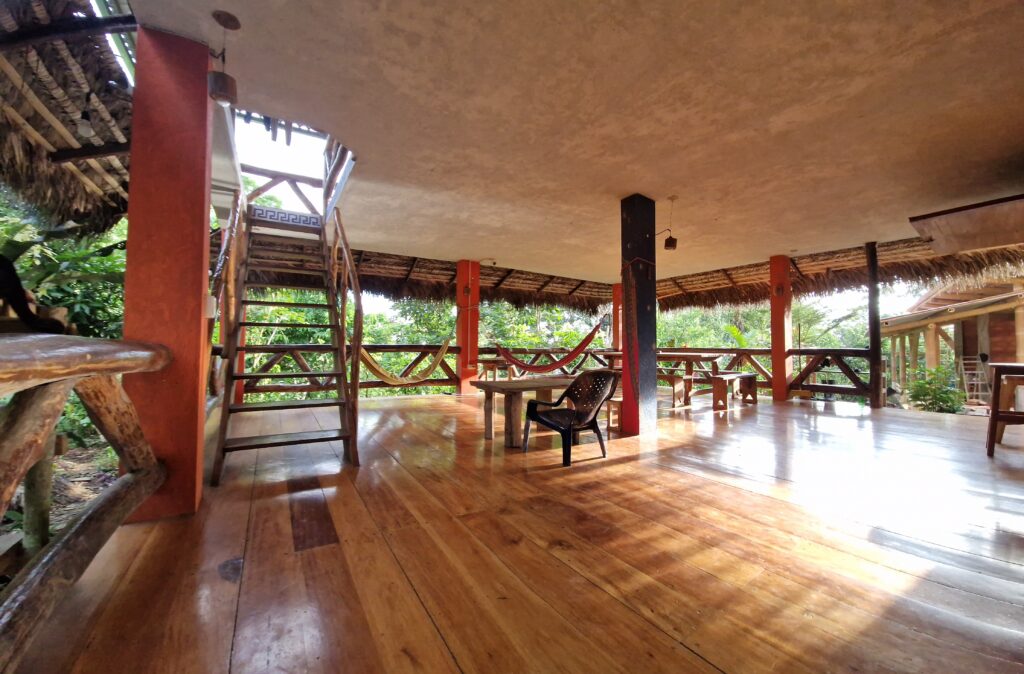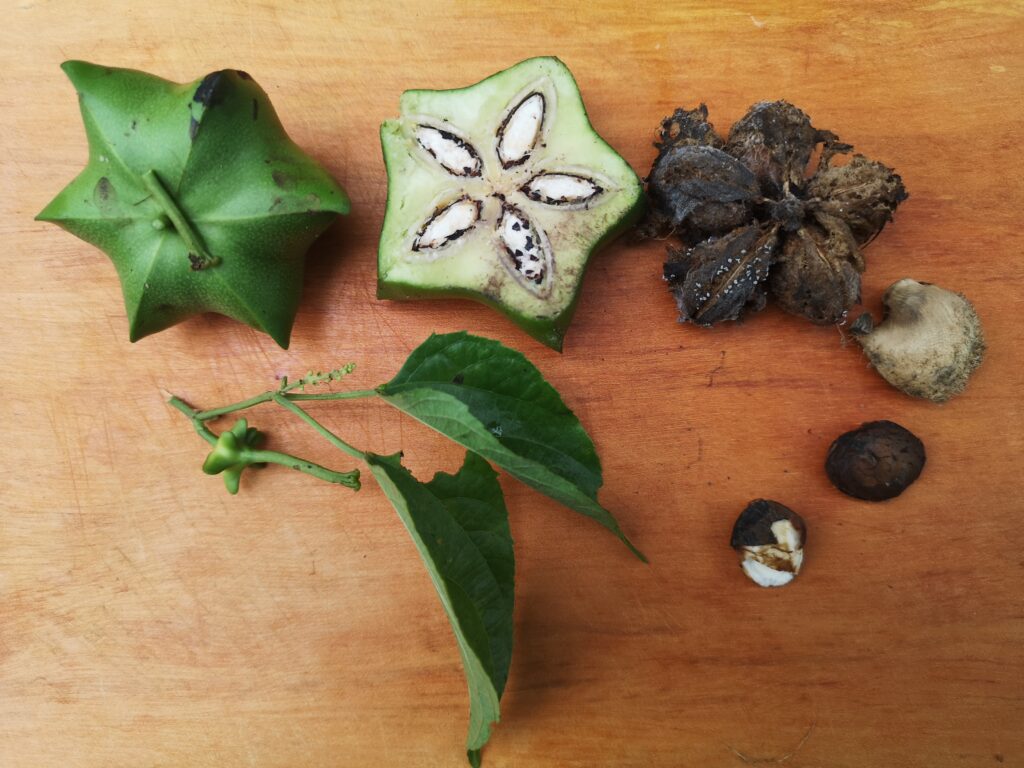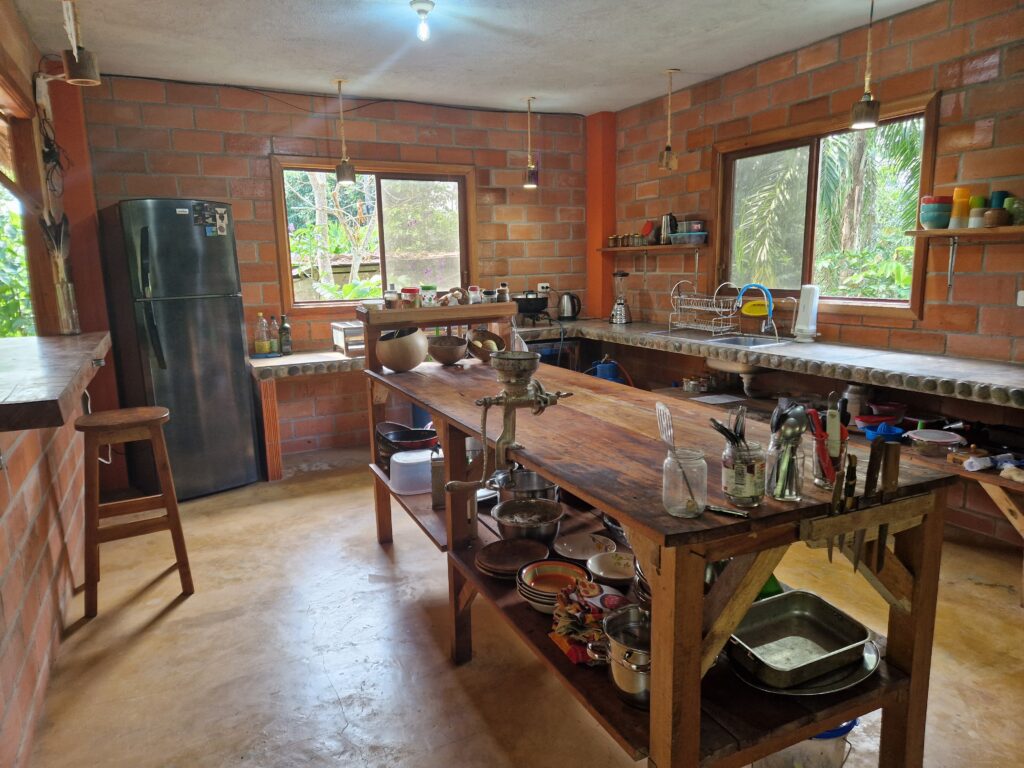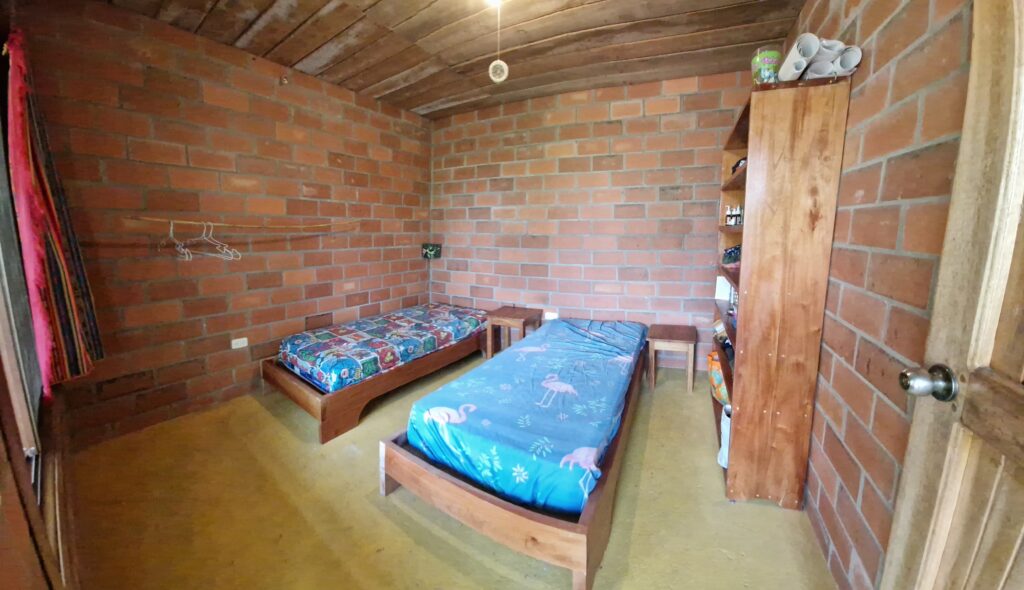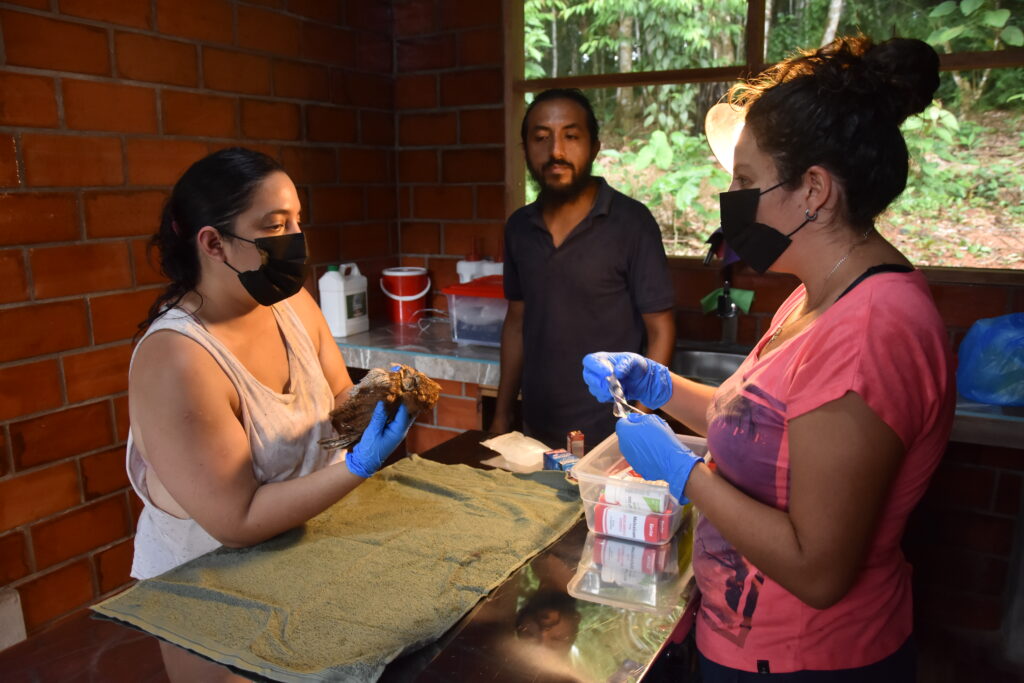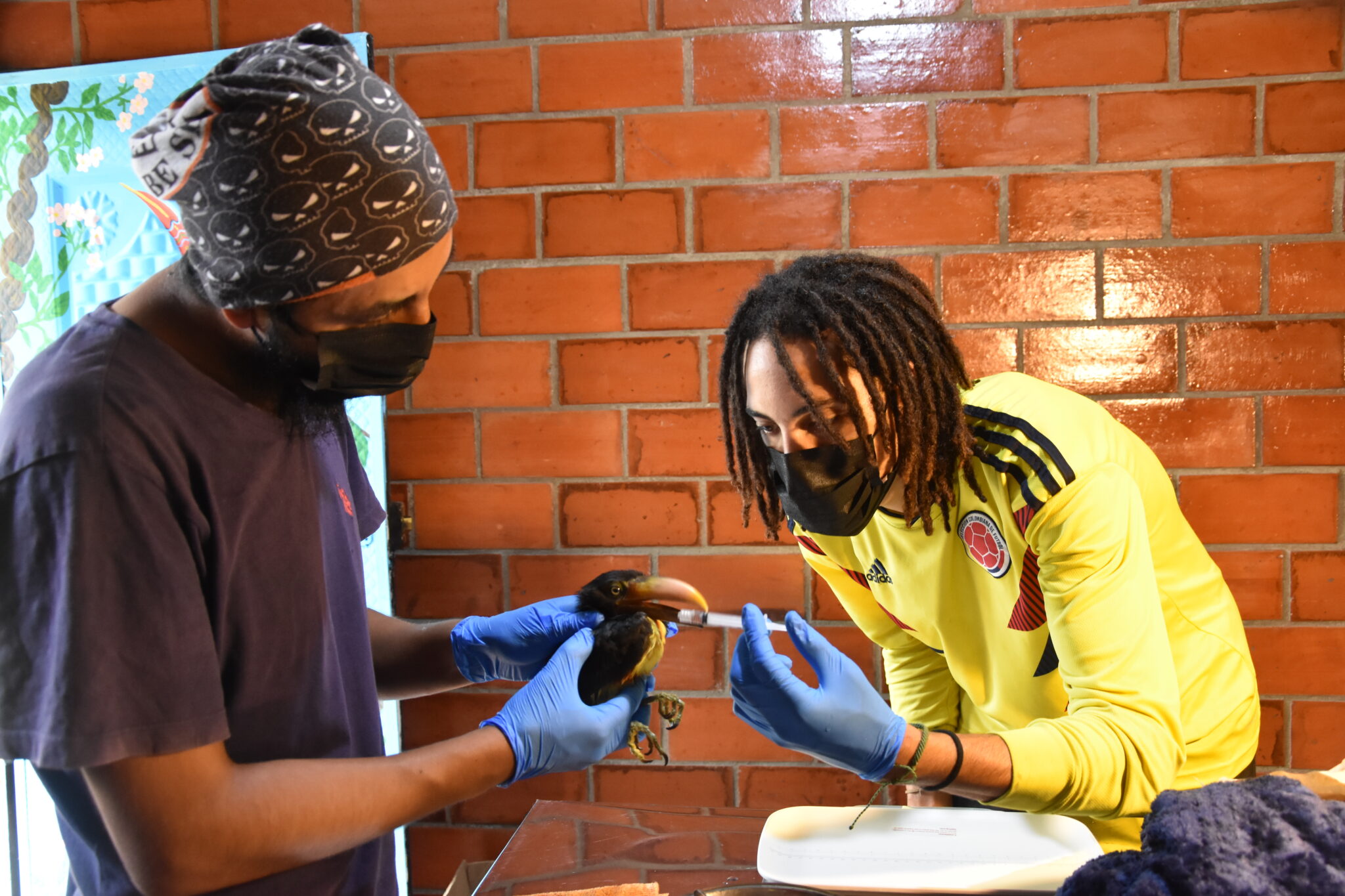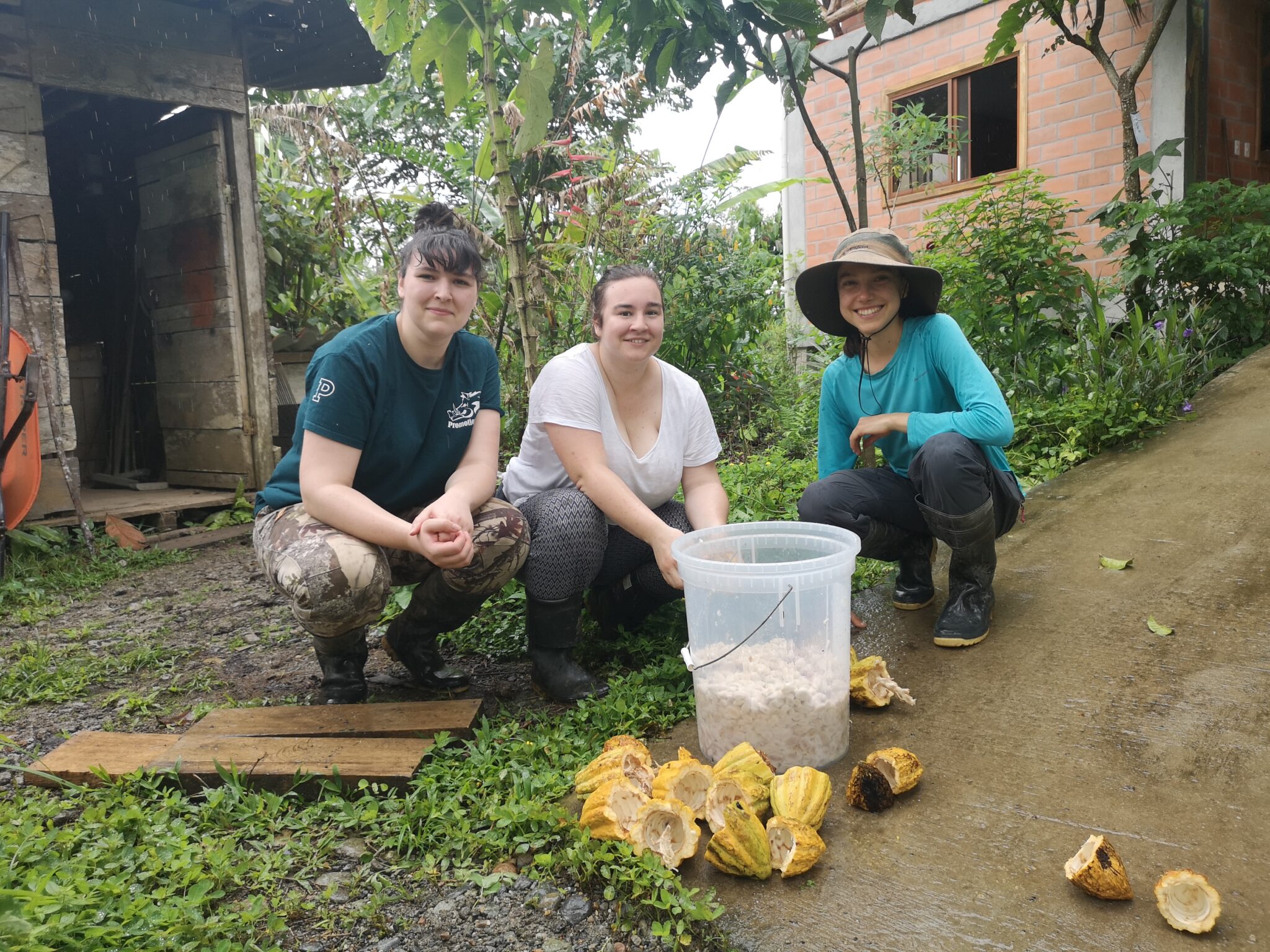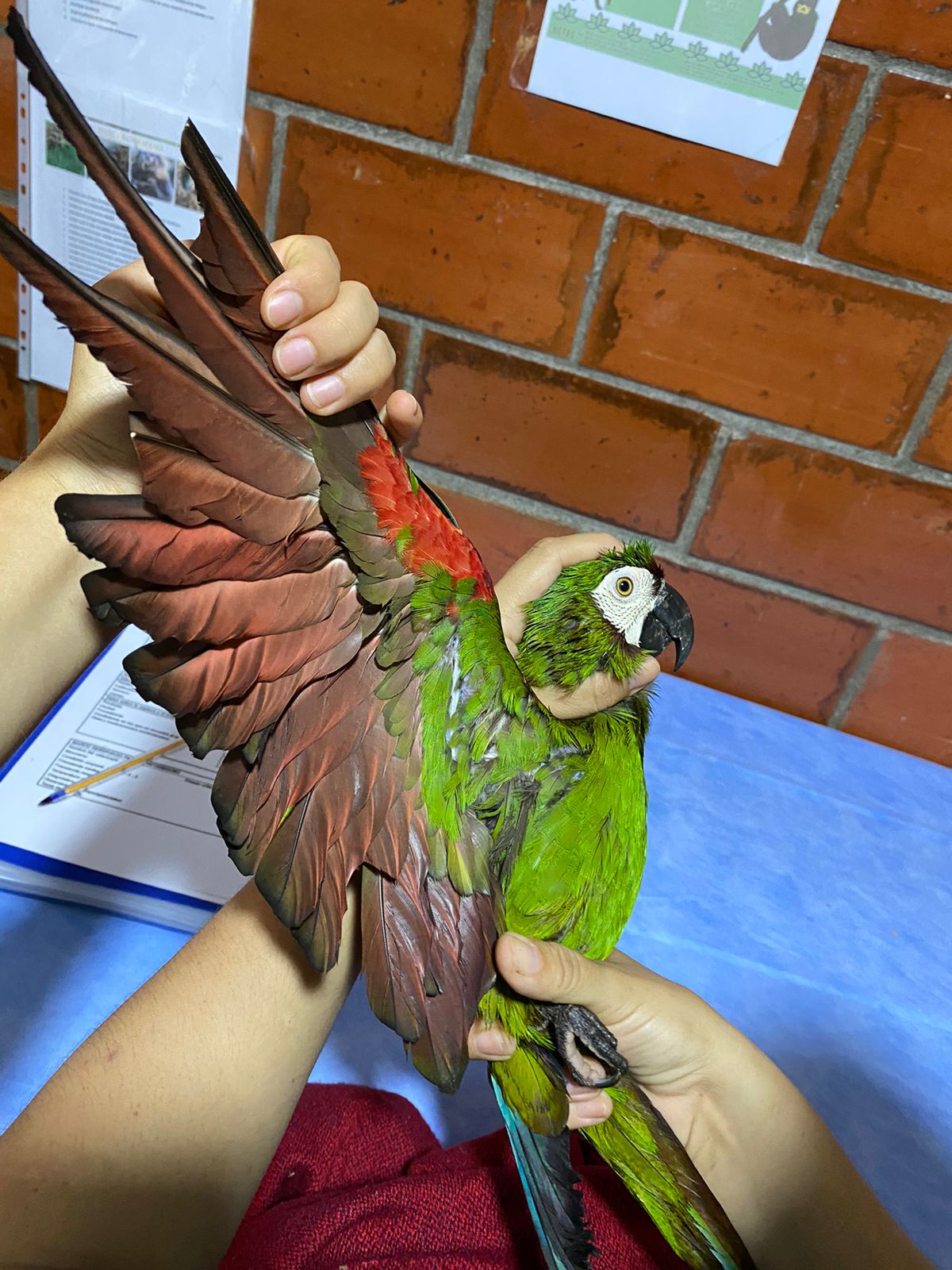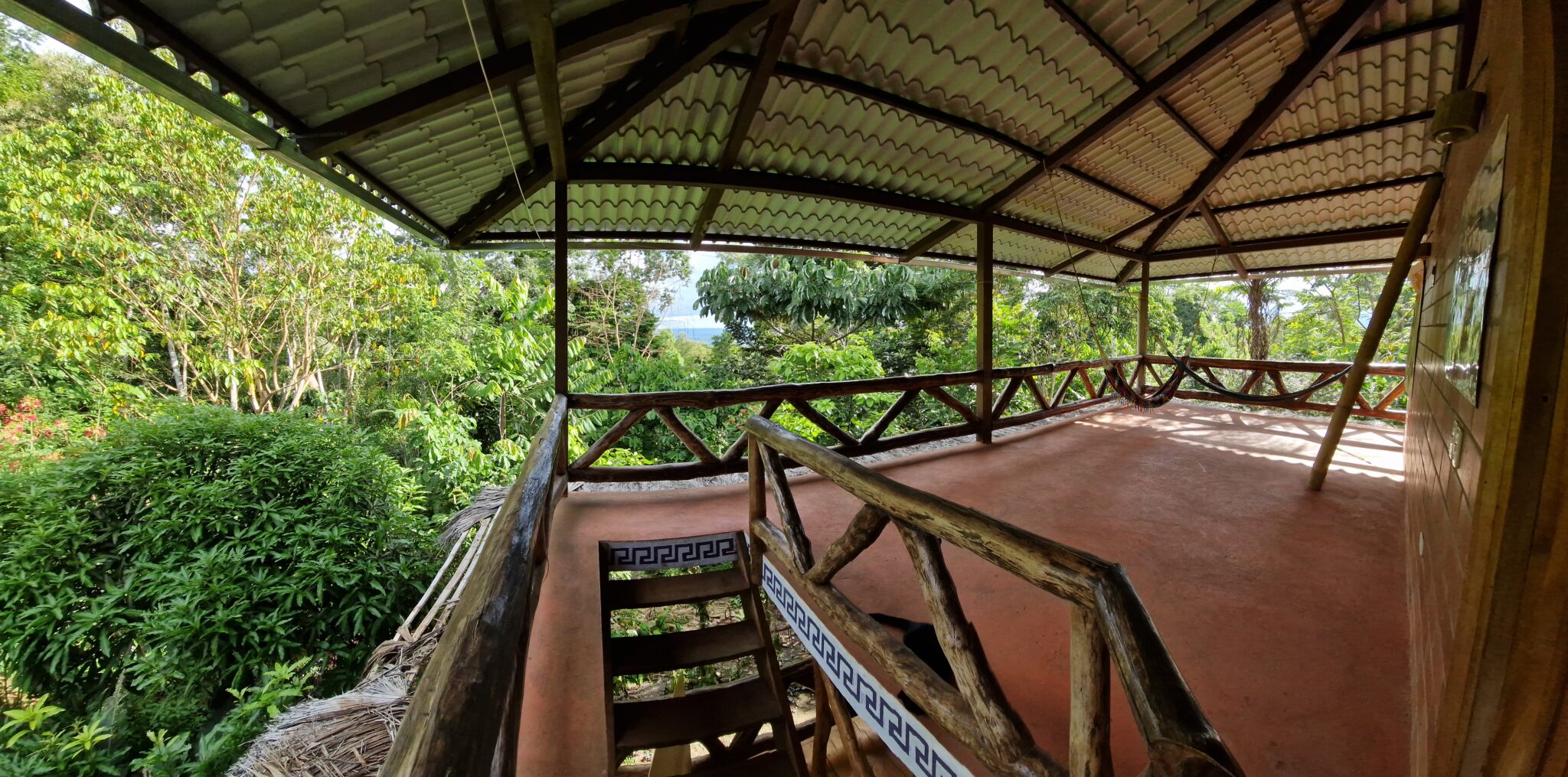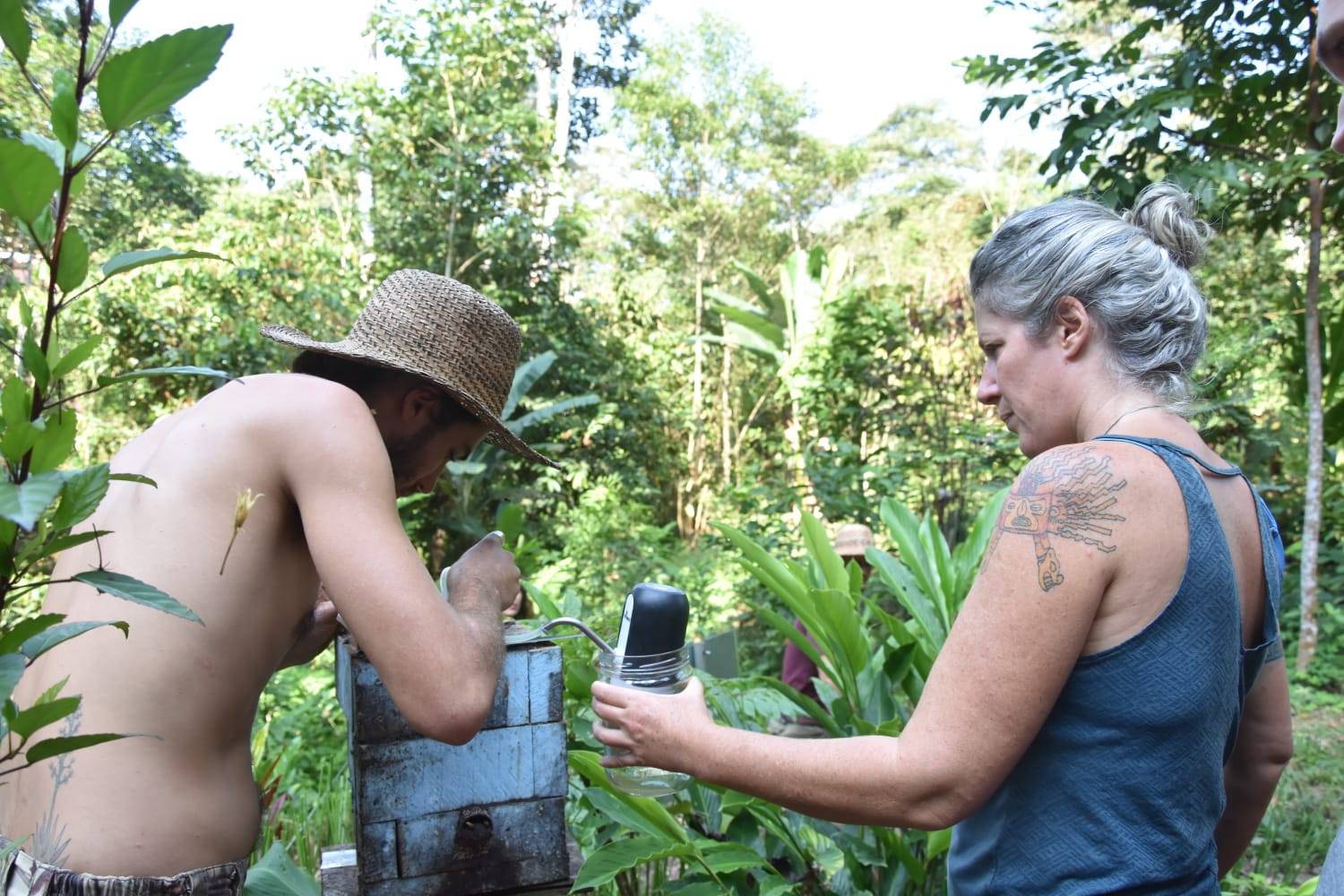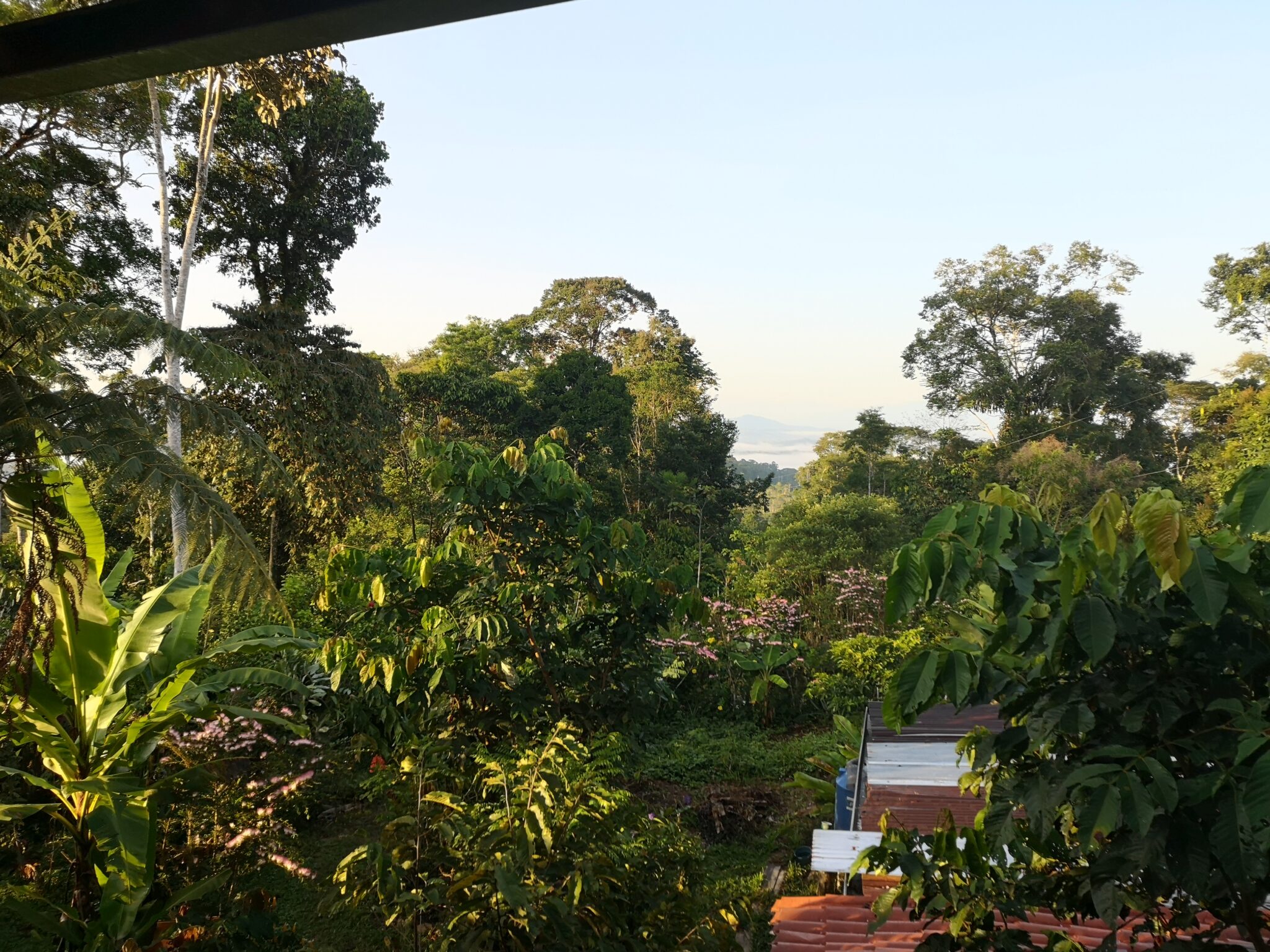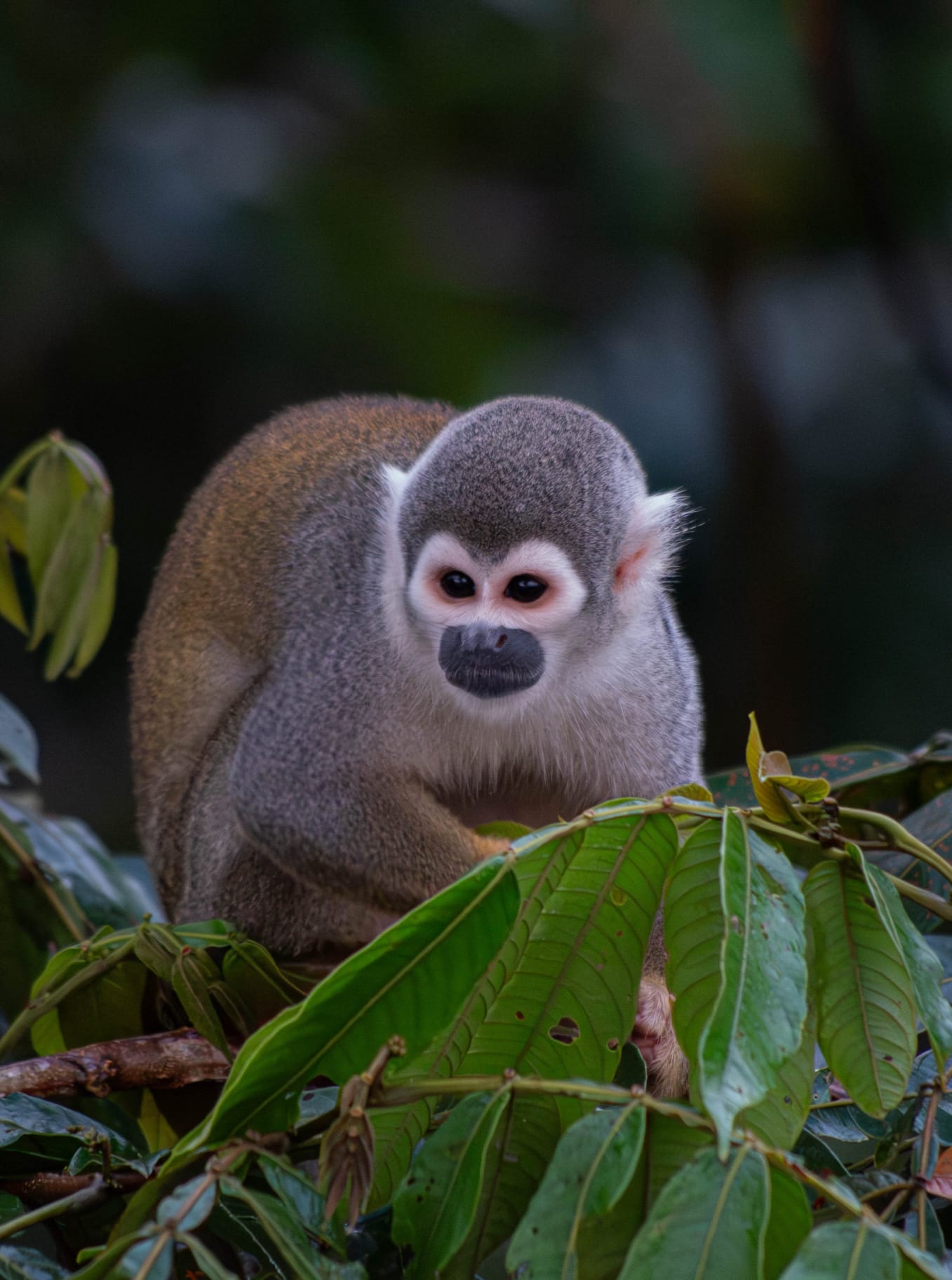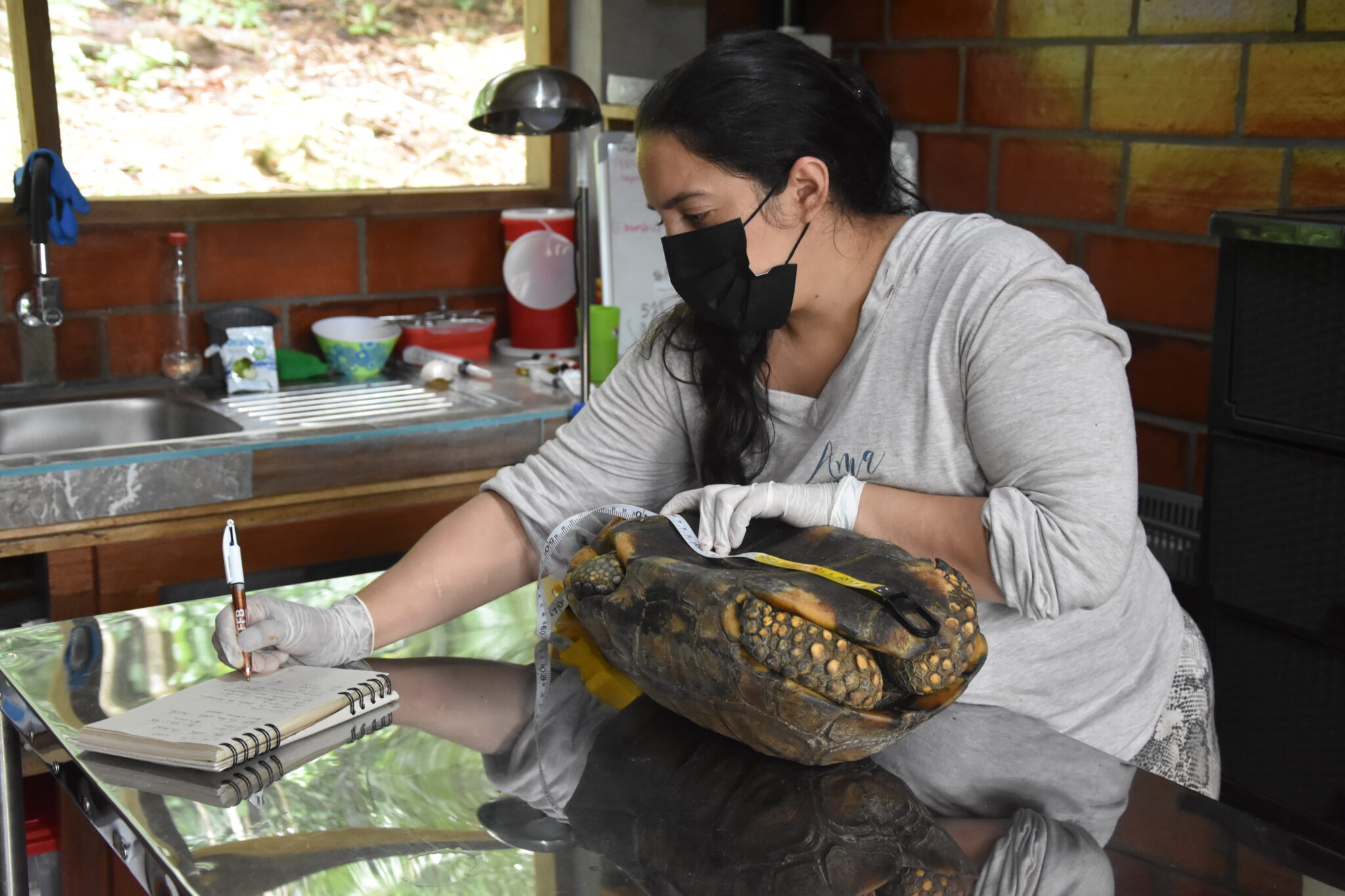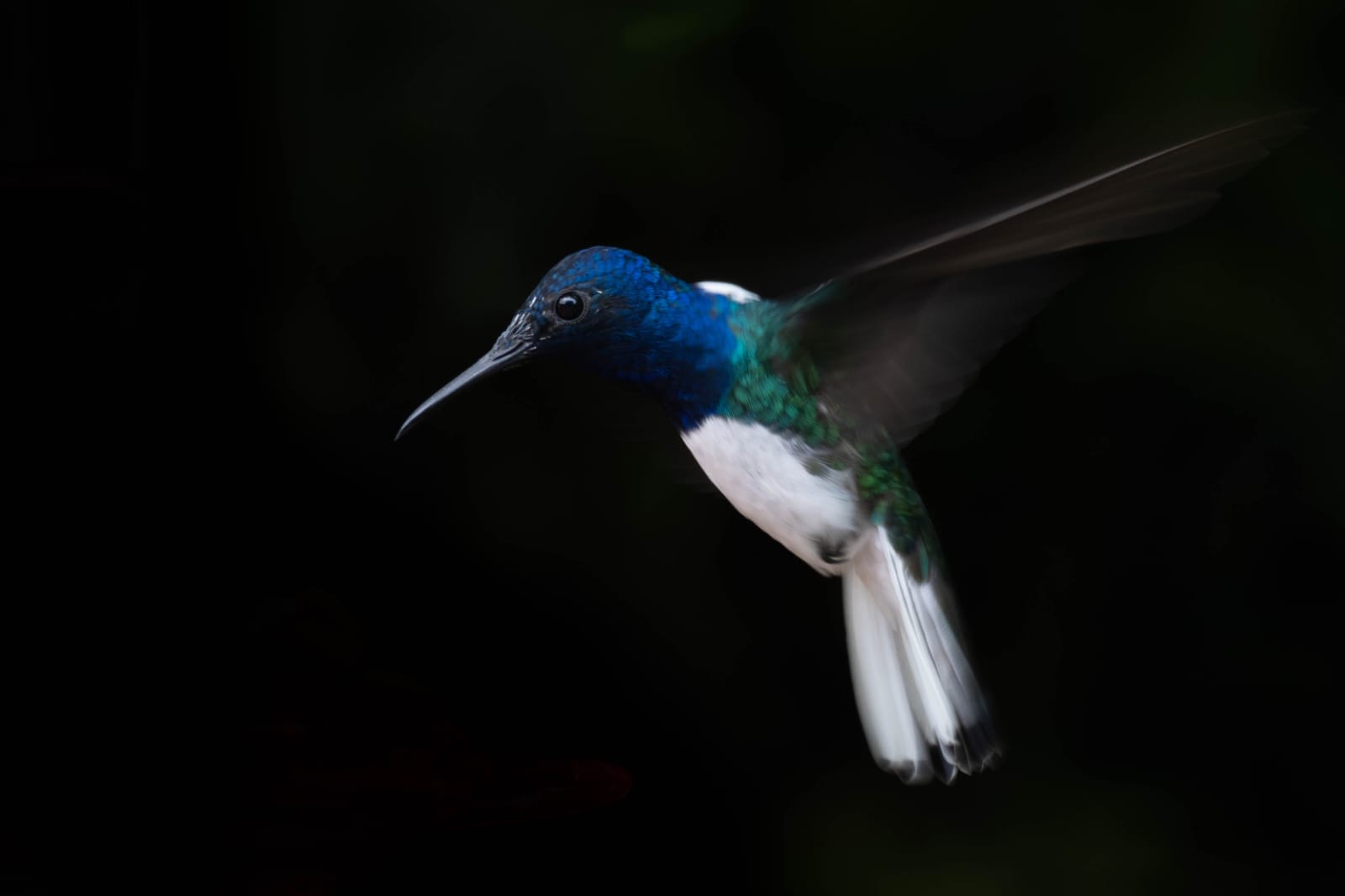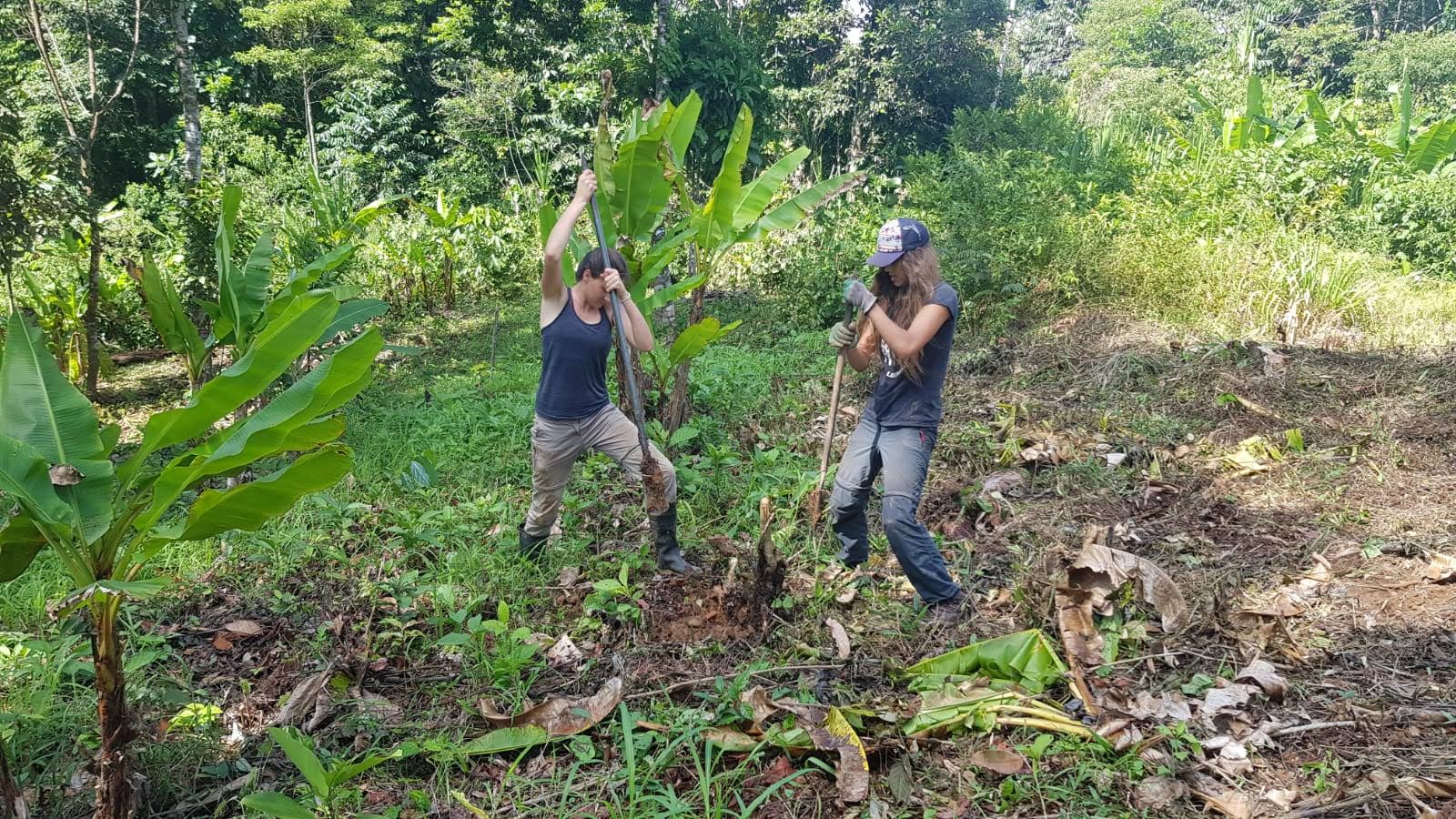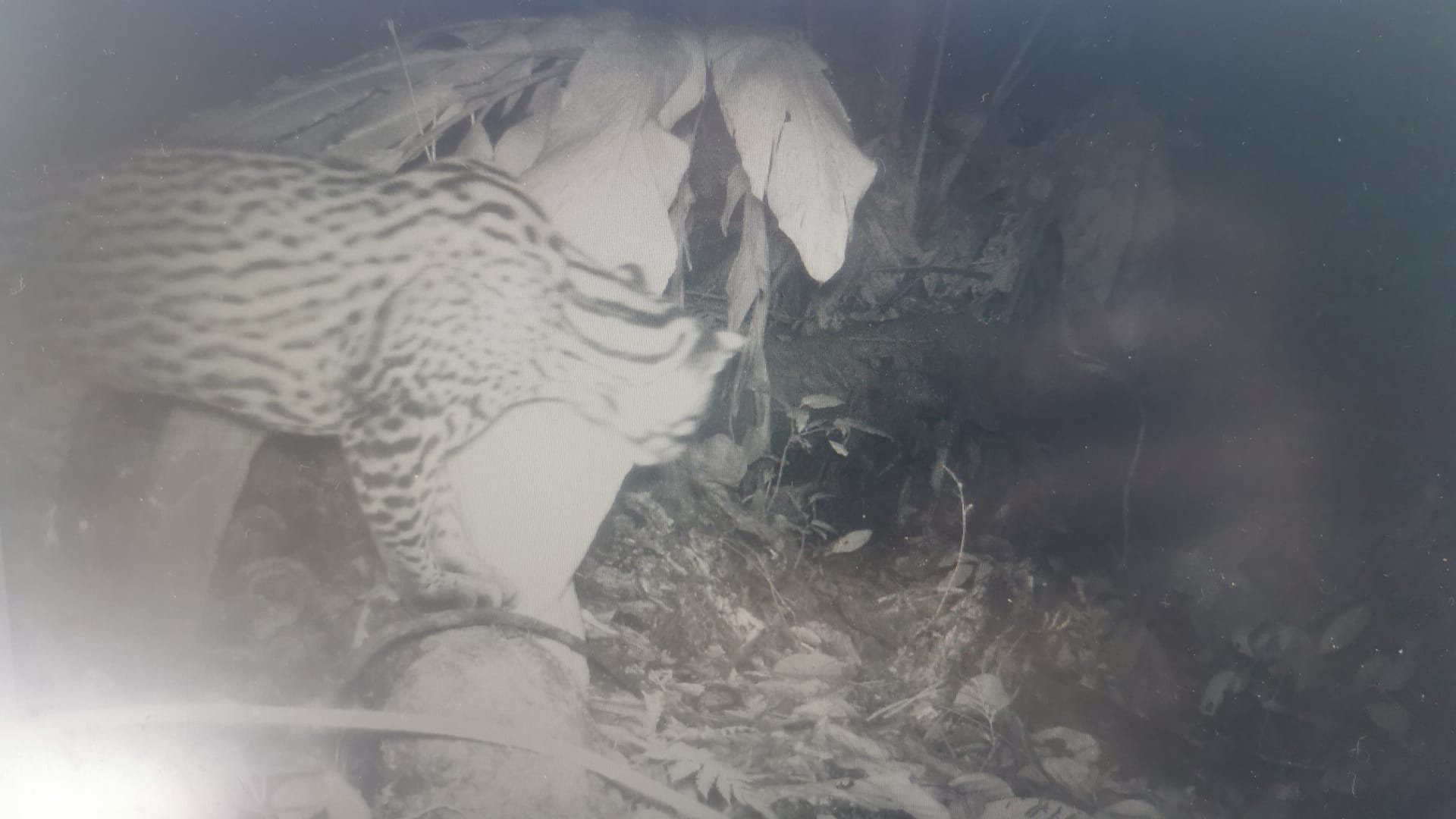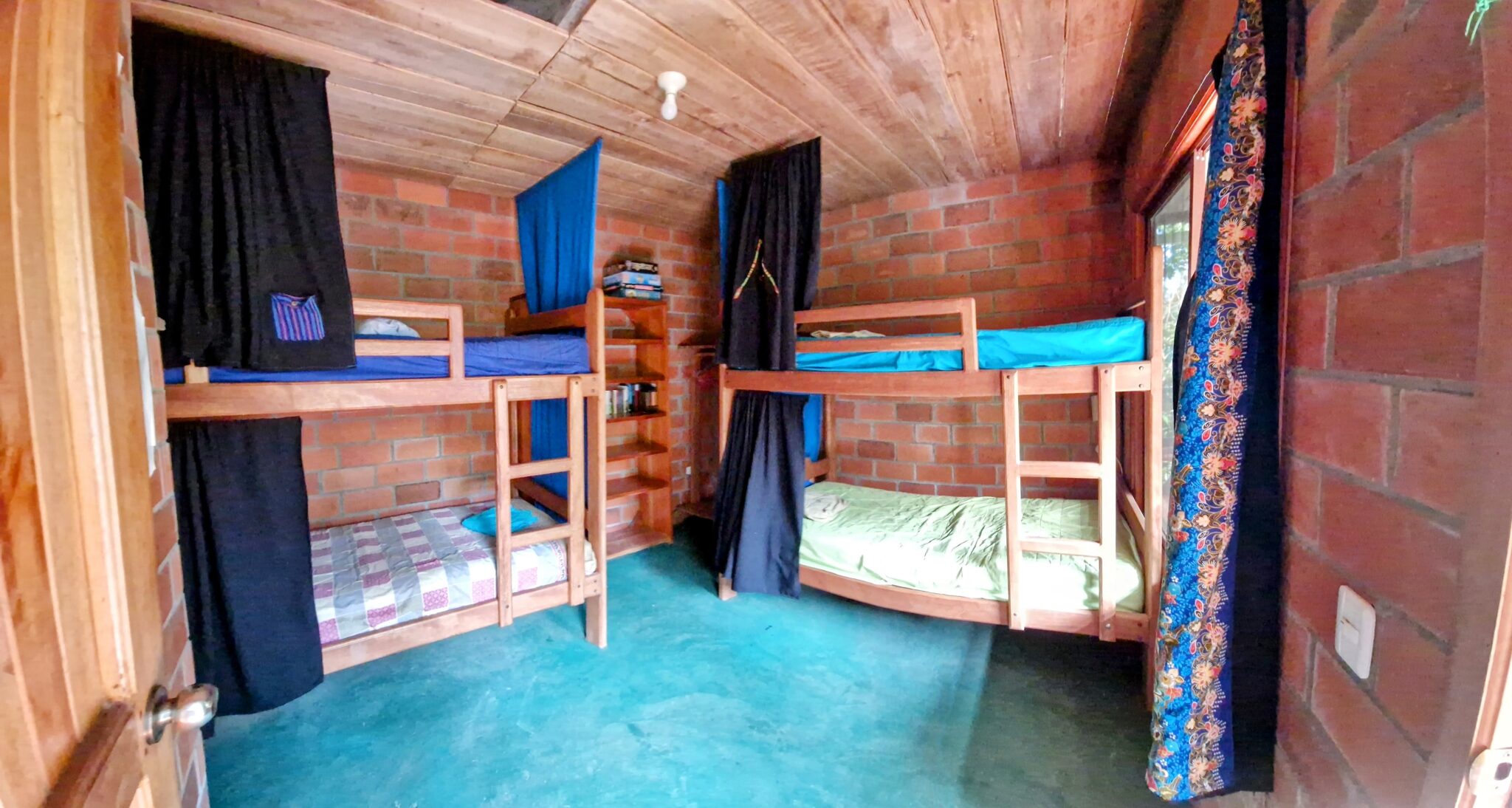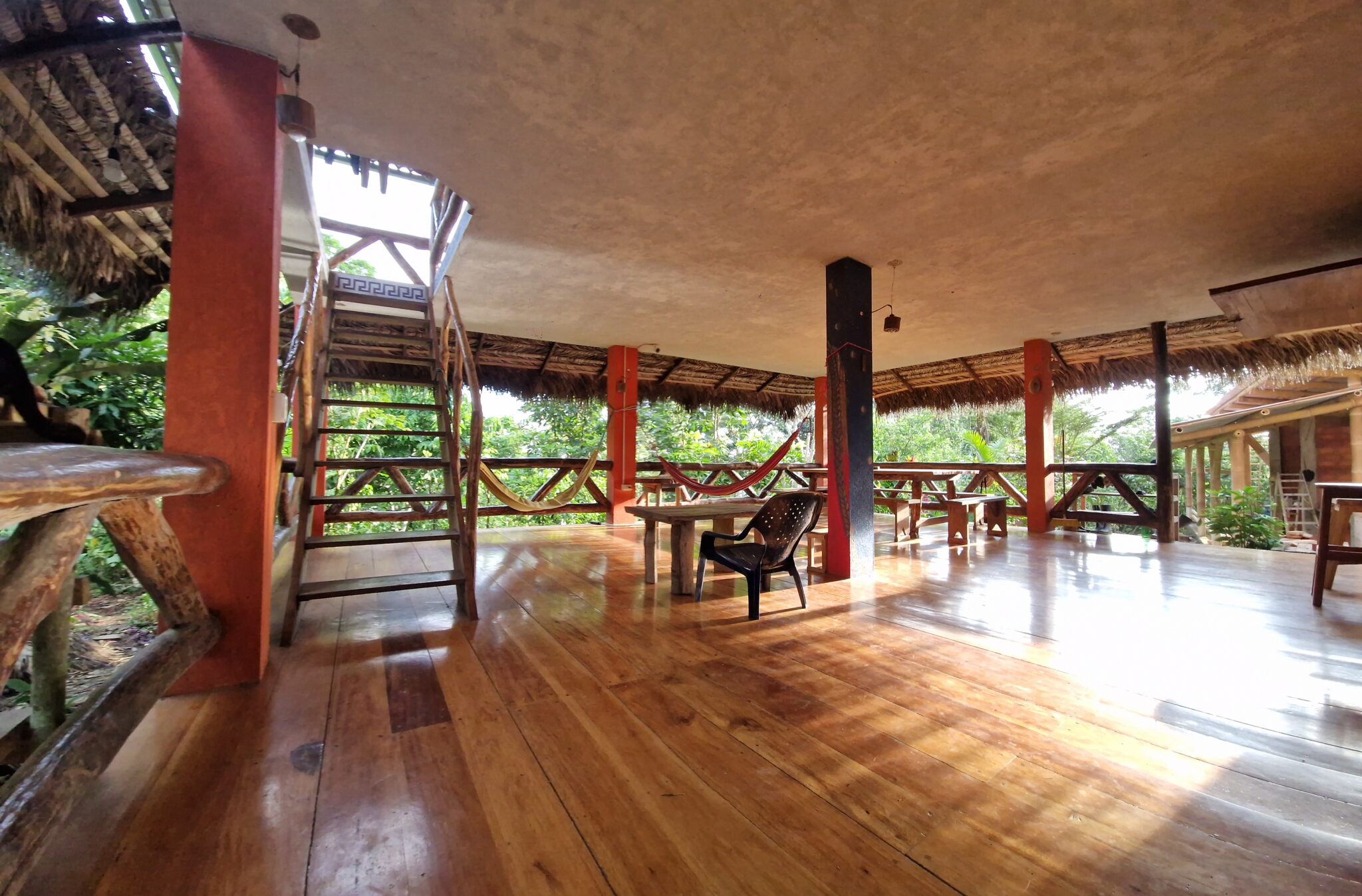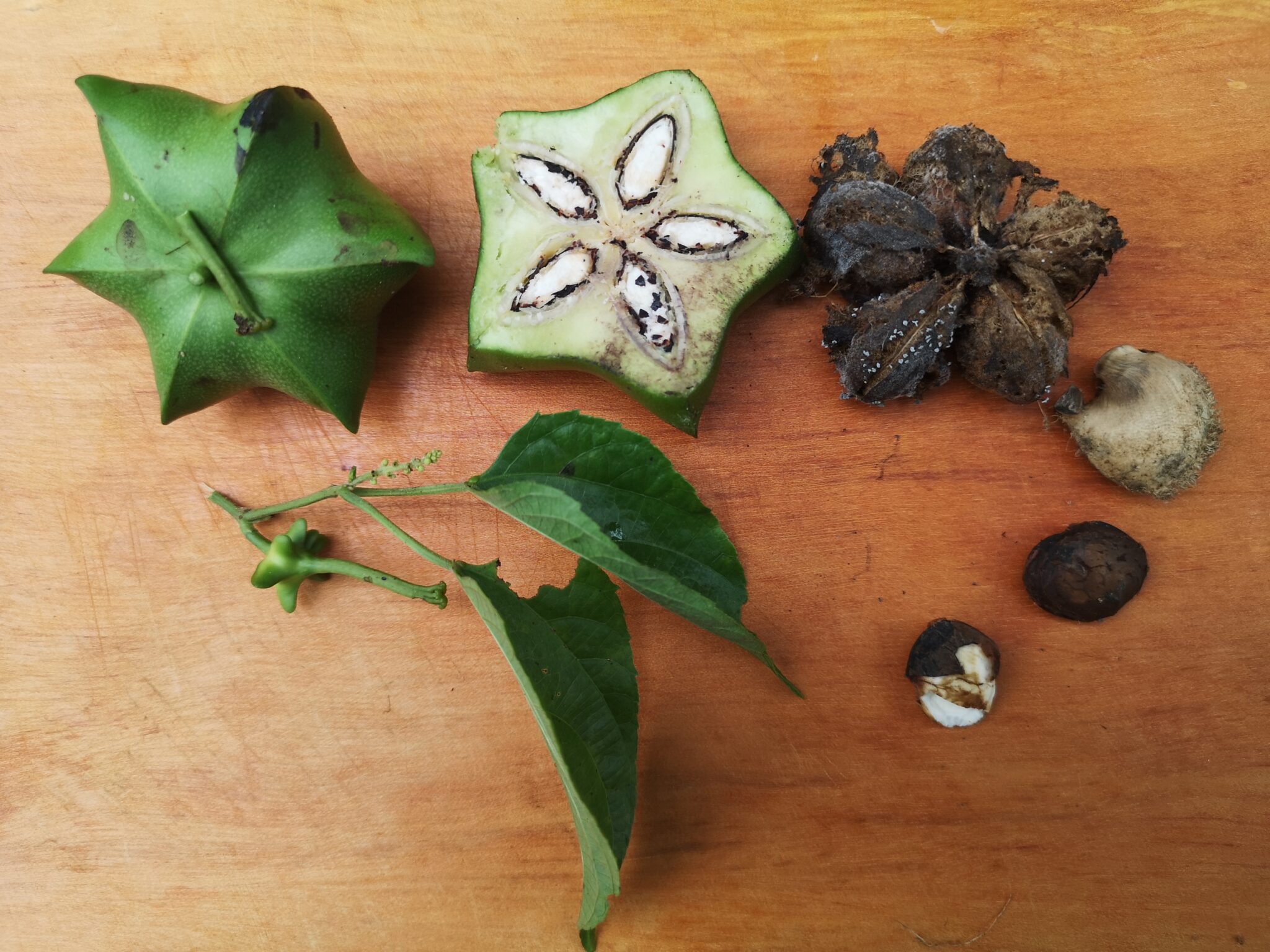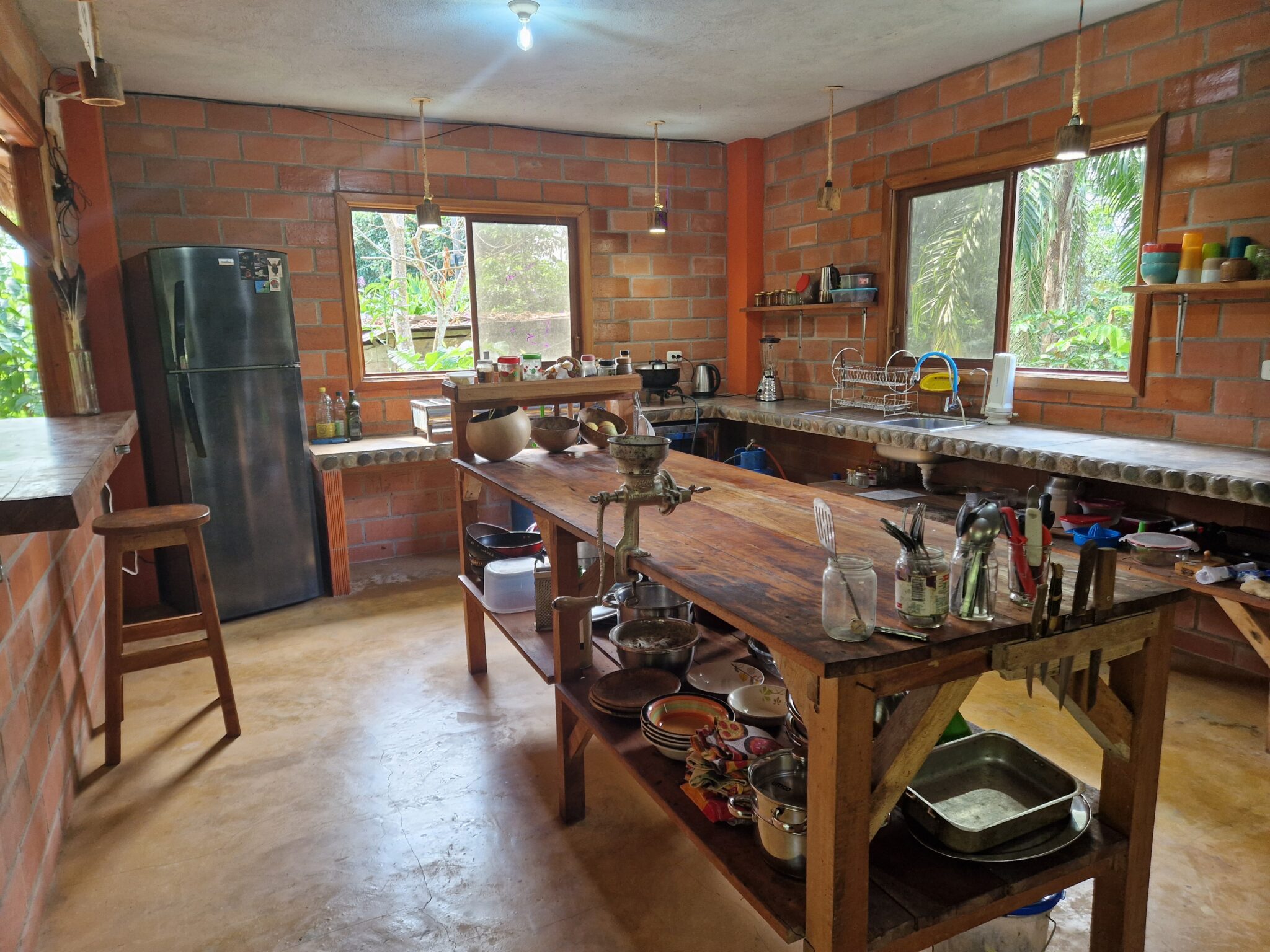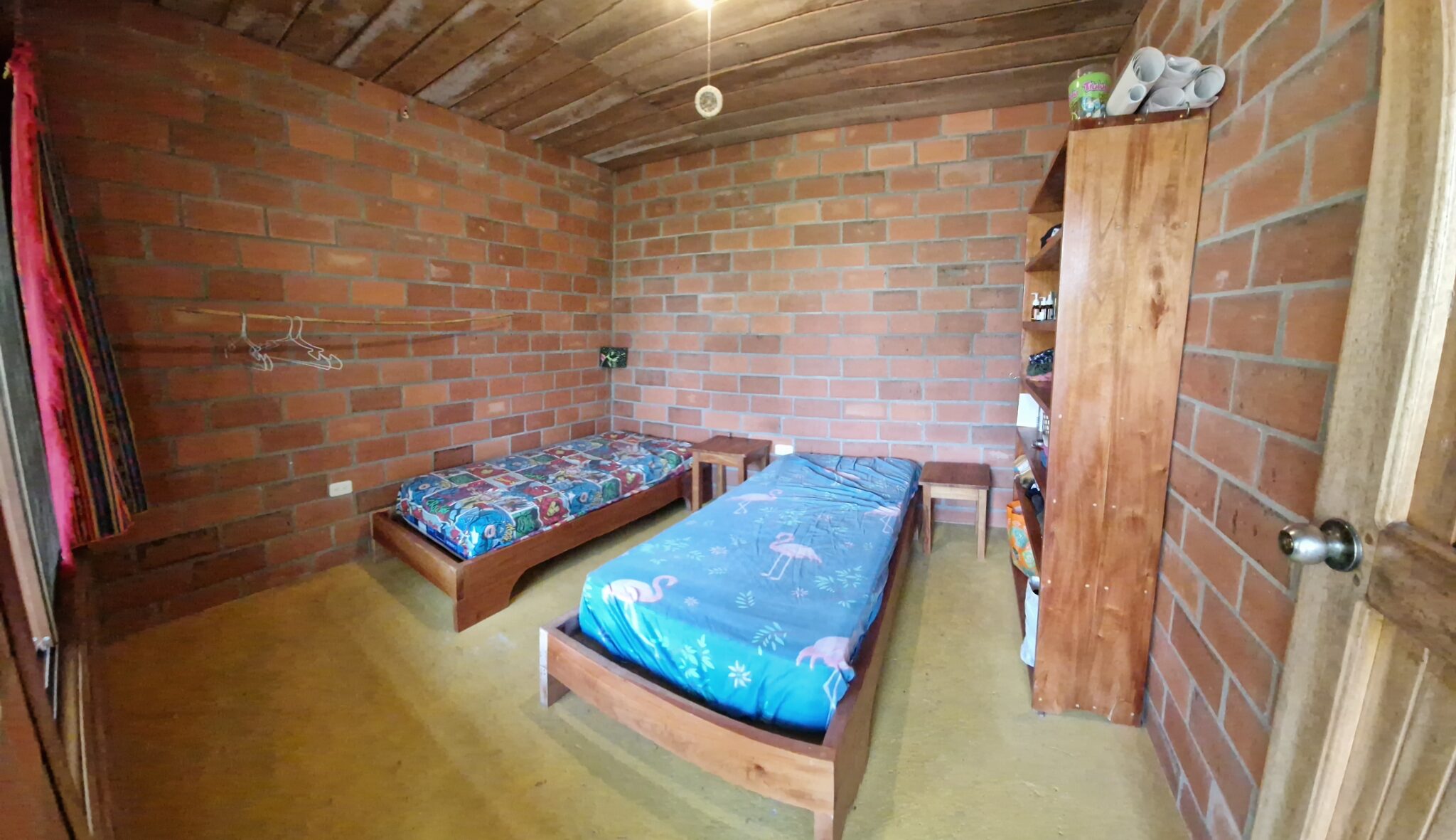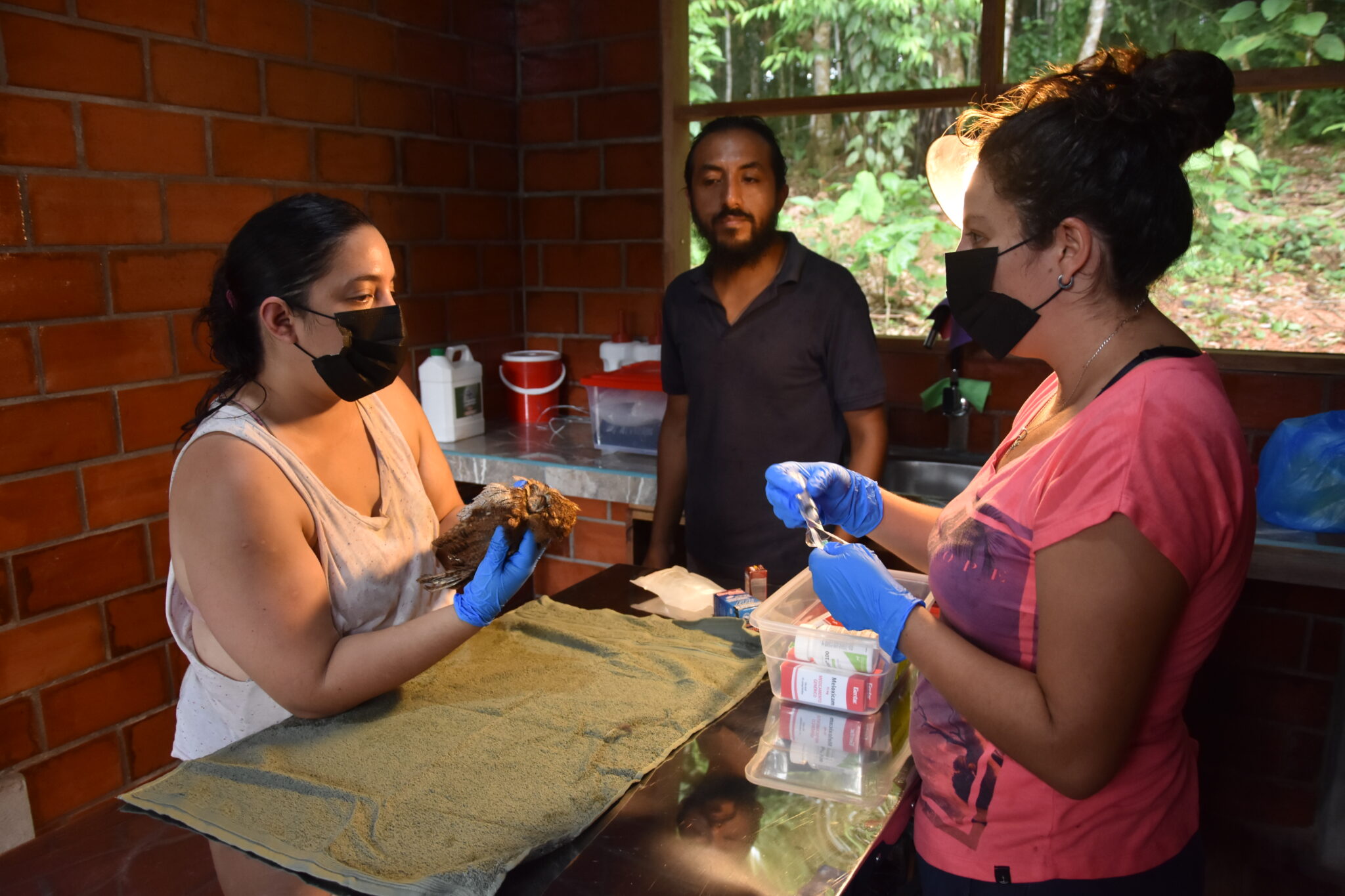Get involved with a Franco-Ecuadorian association in Ecuador's Amazon rainforest. Volunteer at the animal refuge or for the agroecology project. Click here to find out more about working in an animal shelter.
Agroecology, agroforestry and wildlife rehabilitation
Our partner works to preserve and restore biodiversity, while encouraging local communities to protect their environment, both in France (southern region) and in Ecuador, in the heart of the Amazon, the lungs of our planet.
In Ecuador, the team operates on a 30-hectare site, structured into three main areas :
- 2 hectares are dedicated to a refuge for wild animals, where they are cared for and rehabilitated. Local awareness-raising initiatives are also carried out;
- A 3-hectare agroforestry plantation has been set up, with 700 cocoa trees for chocolate production, as well as other fruit trees to feed the refuge's animals and bees for pollination;
- 25 hectares are dedicated to a protected and preserved nature reserve.
The project is to continue restoring biodiversity and impact on environmental health. The partner association's action is holistic. You'll be able to take part in a wide range of activities, particularly those linked to agroecology.
The ecovolunteer's action
The association offers 2 types of mission: agroforestry and a refuge for wild animals.
In the agroforestry plantation, your missions will vary according to your needs (no minimum time). The main tasks are :
- Harvesting cocoa and processing it to dry beans
- Helping to make chocolate
- Pruning: cut off pods affected by moniliosis and witches' brooms.
- Making purins: Mexican flowers (minerals), ferns
- Fumigate with slurry or biol
- Maintaining the henhouse
- Making compost again
- Harvest side crops: sacha Inchi, chilimoya, guava, cardamom, Ishpingo
- Bio construction: finishing the chosa benches with clay/fiber/sand
- Cycle planting: cassava, banana, papaya, passion fruit, chayote
At the wildlife refuge , assignments last a minimum of 2 months, as training takes time. The main tasks are :
- Collecting crickets for squirrel and tamarin monkeys or other animals
- Help with feeding: weigh, wash, put away vegetables, clean drawers.
- Clean cages and restore natural habitats.
- Environmental and nutritional enrichment.
- Cleaning and feeding animals in the bioterium: crickets and mice.
- Provide support to the veterinarian during medical treatments for animals.
For both missions, the maximum duration is 6 months.
- Mission at a wildlife refuge: 8 weeks minimum
- No minimum for the agroecology/agroforestry mission
- For both assignments: 6 months maximum
Rates :
- 800 € for one month. Tax reduction possible. The partner association is recognized as being in the public interest. It can therefore provide you with a tax receipt.
Included in price
- Housing
- Accompaniment (paid staff) and housekeeper.
- Rates are a little more expensive than other structures in Ecuador, as you are staying in a very comfortable house in the middle of the forest.
Not included
- Food: $20 / week approx.
- Airline tickets
- Travel insurance
- Language: The teams (2 people) at the refuge speak Spanish and English. The plantation teams (2 people) speak fluent English, French and Spanish.
- Physical work in a hot, humid tropical climate
- Respect the rules of the guest house: you must keep the premises clean and respect the infrastructure.
- Respect for on-site teams who do their utmost to welcome and train you
- A welcome booklet must be signed before your departure.
Arrival/welcoming
To reach the Quito site:
Generally speaking, you'll arrive in Quito in the afternoon. If you take the 5pm cab, you'll arrive in Puerto Misahualli at 9pm (or later if there are problems on the road), as night falls at 6.30pm. Without knowing the area at night, there are few cabs to take you up to the association's site, so we strongly advise you to spend one night in QUITO and take the cab the next morning.
A low-cost cab number ($20) from the airport to the center of Quito: +593 98 058 4959: you can book before you arrive. There's free wifi at the airport, so you can contact him.
From Quito
- Collective cab (4 people per cab): $30 per person in 3H30/4h you're directly in Puerto Misahualli. Contact on what's app TAXI from QUITO to PUERTO MISAHUALLI: + 593 99 536 1297 - 3 departures possible per day: 5H - 12H - 17H. They pick you up at your hotel.
- When you arrive in Puerto Misahualli. Take a green and white collective cab ($4 a car) parked in the park (when you arrive in the village), ask it to take you to the "fundacion de Santi" in Alto Tuyano.
Accommodation
- The house is 200 M2, there is a 32 m2 kitchen, there is a large terrace on the ground floor, a large terrace upstairs. There are 3 bedrooms available, one with a double bed, one with 2 single beds that are bunk beds, one with 4 single beds that are bunk beds. There are 2 showers, one with hot water, and luxury dry toilets! Electricity is hydraulic. There are two water sources, one from the village, one from rainwater harvesting. There's wifi.
The food
- You buy and do your own shopping and cooking. The budget is about $20 a week. There are lots of fruits, vegetables, starches and meat. Everything is available on site.
The climate
- Hot and humid, temperatures do not fall below 21° C, and can rise to over 35° C.
- Rainy season: January to June
- Insects: not too many mosquitoes. The insects that do bite are tiny little flies called Phlebotominae.
- Make your own insect repellent with either lavender or geranium bourbon essential oil, mixed with either aloe vera gel or Solubol dispersant.
- The site lies at an altitude of 570 metres, at the gateway to the Amazon (Puerto Misahulli 400m).
- The first town is TENA, a 40-minute bus ride from Puerto Misahualli ($0.90).
Languages
- The teams (2 people) at the refuge speak Spanish and English. The plantation teams (2 people) speak fluent English, French and Spanish.
- The professionalism of our teams and their desire to help you discover the Amazon environment.
- The location: in the forest, magical, magnificent, energy
- Plantation, ARRIBA NACIONAL cocoa, chocolate!
- The wild animal care shelter
- Agroecology
- The quest for autonomy
- Meliponic bees
- A spot for rafting
- Sinchi warmi: women's community, crafts...
- Marlene, also a women's community, crafts and pottery
- Fondation Ruku yachay (alpa maki) community of families making handicrafts and pottery
- Tilapia fishing at the bottom of the site
- The association's educational trail
- Learn to milk cows and make cheese
- Napo Sumaco Geopark
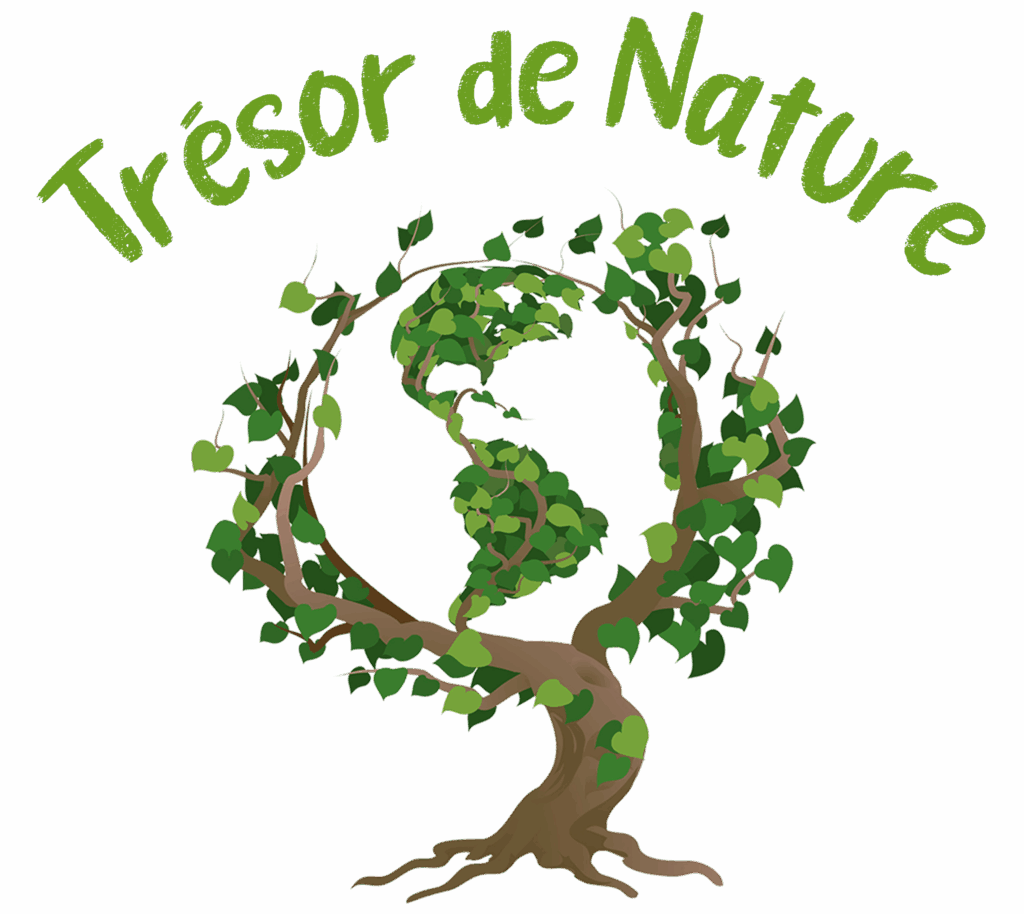
About the partner association
TRÉSOR DE NATURE is a Franco-Ecuadorian public-interest association that preserves and restores biodiversity, while engaging populations in protecting their environment, in France (Southern region) and in Ecuador, in the heart of the Amazon, the lungs of our planet.
The association carries out a number of concrete actions:
- Workshops to raise awareness of environmental protection and international solidarity,
- Reforestation and agroforestry plantations,
- Creation of nature reserves,
- Care and rehabilitation sanctuary for injured wild animals and illegally trafficked animals
- Preserving and raising awareness of honeybees
